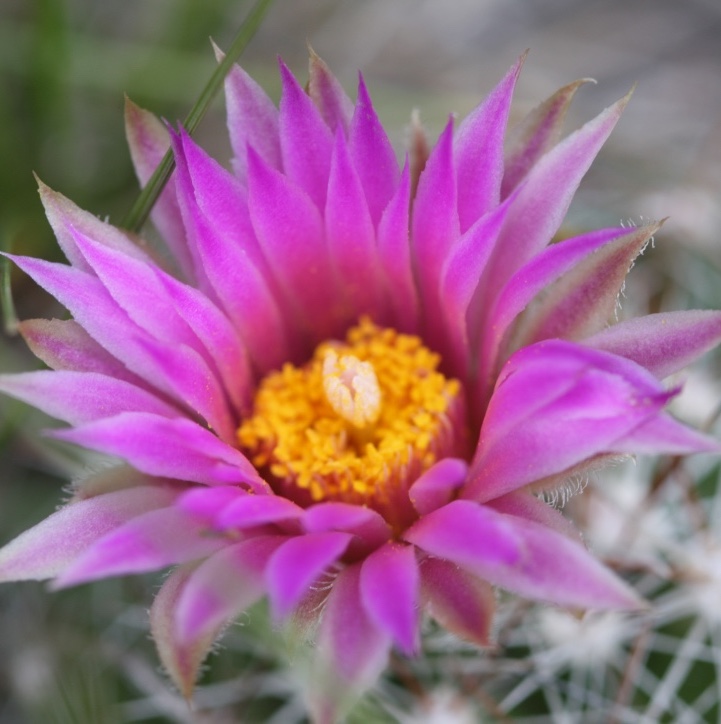Species
Grass & Grass-Like SpeciesAbout Grasses & Grass-likes
Herbaceous, monocotyledonous, flowering plants in the Graminaceae (or Poaceae) family are what define grasses. Grasses have hollow stems (except at the nodes) and leaves with distinct parallel veins. Leaves are always arranged alternately and often 2-ranked, with the oldest leaf at the bottom of the plant, and the newest emerging from the top, and is often called the “flag leaf.” Flowers are non-showy, always found at the very top of the plant (terminal), and are arranged in either a spike (like that of the cereal crop wheat) or a panicle (branched with florets at the end, similar to an oats plant). The seed is a grain. There are approximately 12,000 species of grasses in the world.
Plants from the family Cyperaceae are sedges. These grass-like plants are distinguished by their often three-sided stems, common 3-ranked leaves, and indistinct nodes. These plants also bear non-showy flowers, with most species (especially in the Carex genus) bearing male and female flowers on the same plant. The seed is called an achene, technically not a grain like with grasses.
Juncaceae family bears rushes. Their stems are commonly rounded, without nodes, and leaves are quite small, scale-like, or long and rounded or flat. Flowers can range from a few to several, and typically in contracted or partially open terminal heads.
To the botanist, there is no such thing as, “it all looks the same to me,” when it comes to grass.
– Anonymous
From a Rangeland Perspective
Grasses are certainly the most valuable forage plants for both livestock and wild ungulates. In a well-managed pasture, grasses will often comprise up to 90 percent of the total grazable forage biomass. Many grass species are highly palatable; their decrease in vigour and presence typically correlates to deterioration in the condition of the rangelands. Bunch grasses are especially sensitive to over-utilization, due to the fact that they lack the ability to reproduce vegetatively in the same way that sod-forming or creeping grasses do. Many are also poor seed producers, even though they certainly can produce abundant leafy growth. Grass-like species, on the other hand, usually provide relatively smaller amounts of forage, despite their part of being in large, diverse families. Certain sedges and rushes are palatable and considered, particularly in localized situations, as some of the most important species, which merits some significance.
Morphological characteristics of grasses, sedges, & rushes
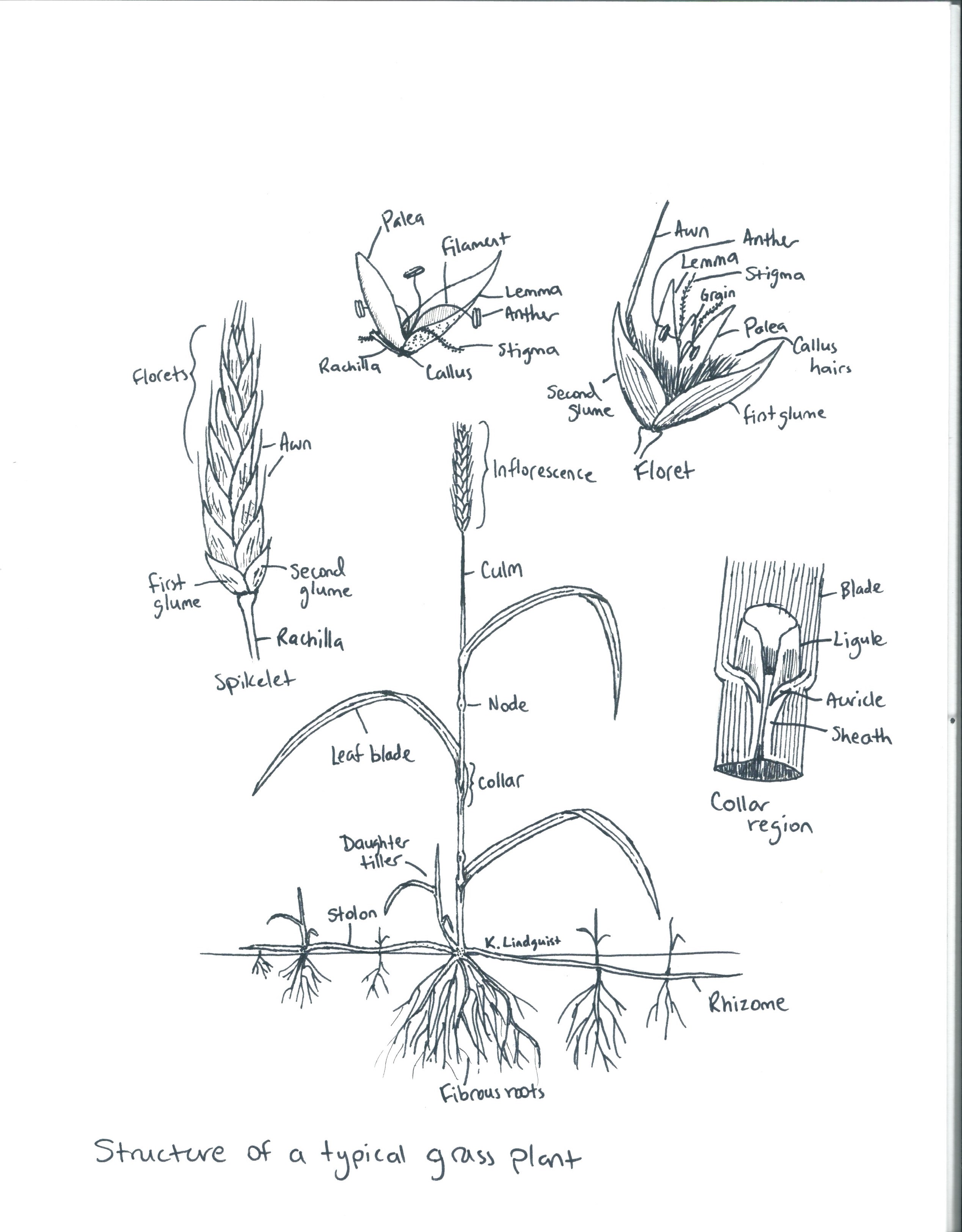
Structure of a Grass Plant

Collars and Flowers of Sedges & Rushes

Inflorescence Types of Grasses
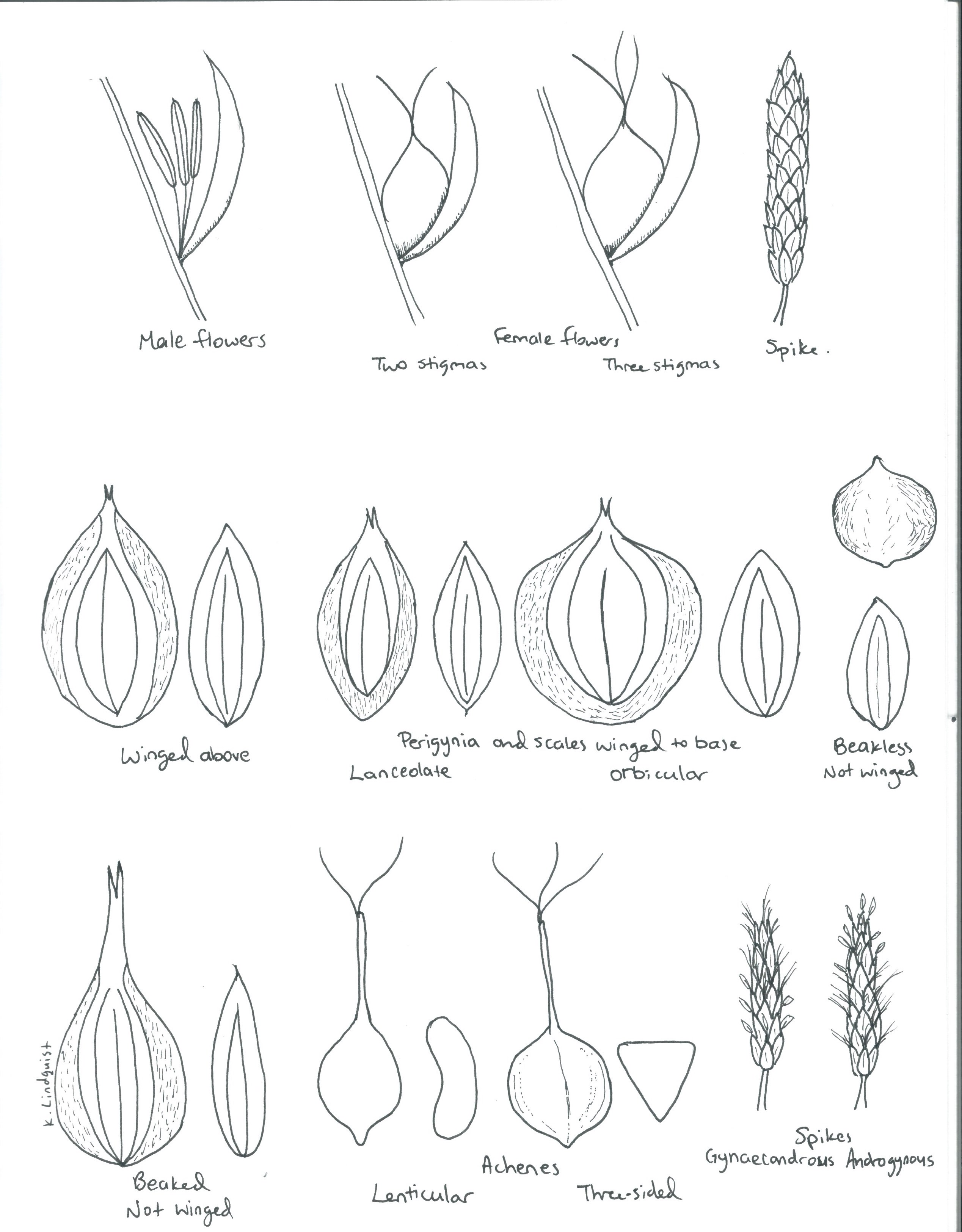
Inflorescences of Sedges & Rushes
Click on one of the images below to learn more about the species you are interested in!
***Under Construction***
IMAGES NOT IN RESPECTIVE TRIBE NAMES.
REORGANIZATION AND NAMING IN PROGRESS!
* Note: Species that have the asterisk (*) next to the name on the photos above indicate that the author is in the process of providing identification details and more information about that particular species.
Please note that ALL SPECIES are currently under construction, with new photos (and captions) being added to. Check back regularly to see what’s new!
Family Poaceae
Tribe Andropogoneae
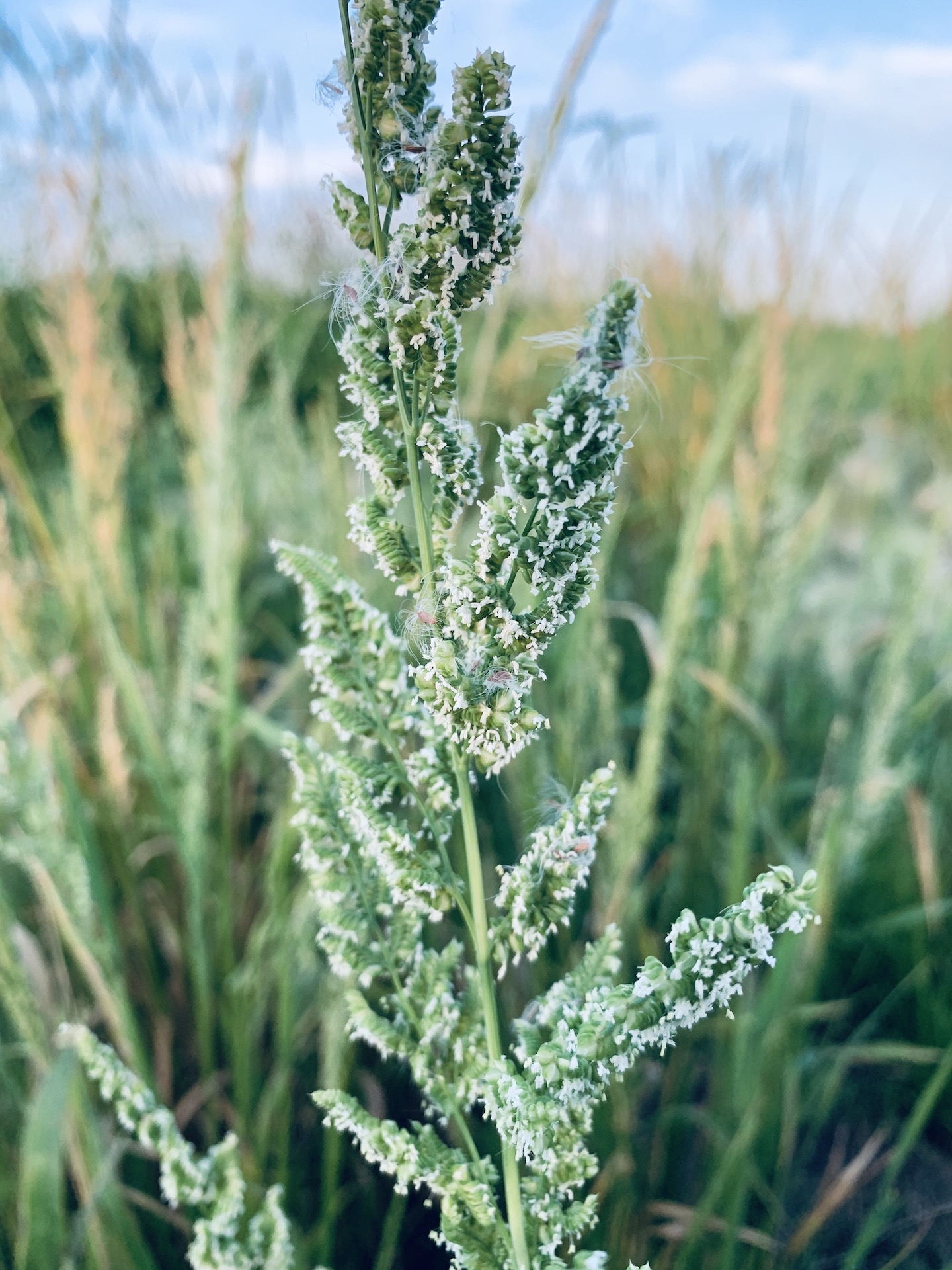
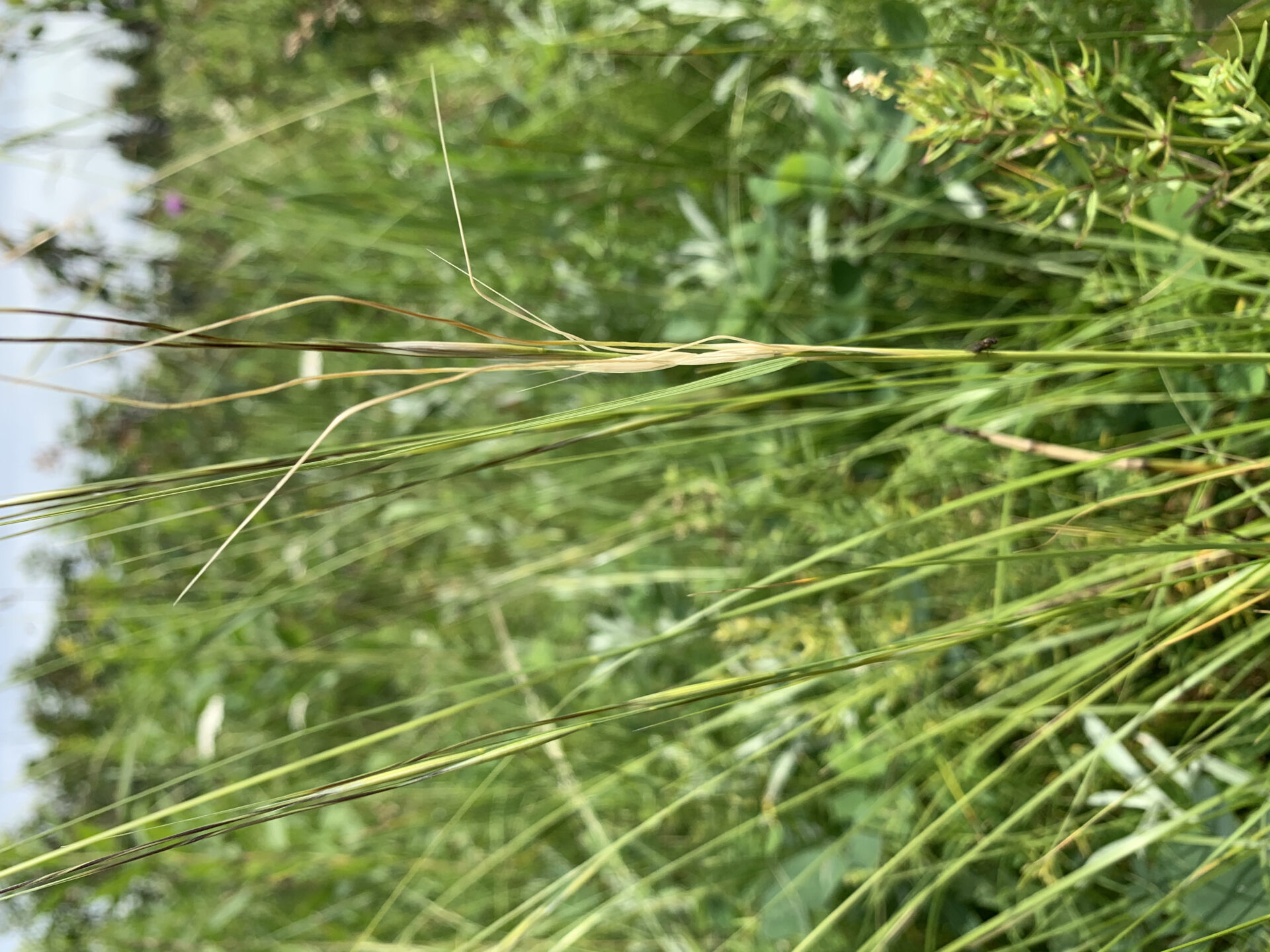
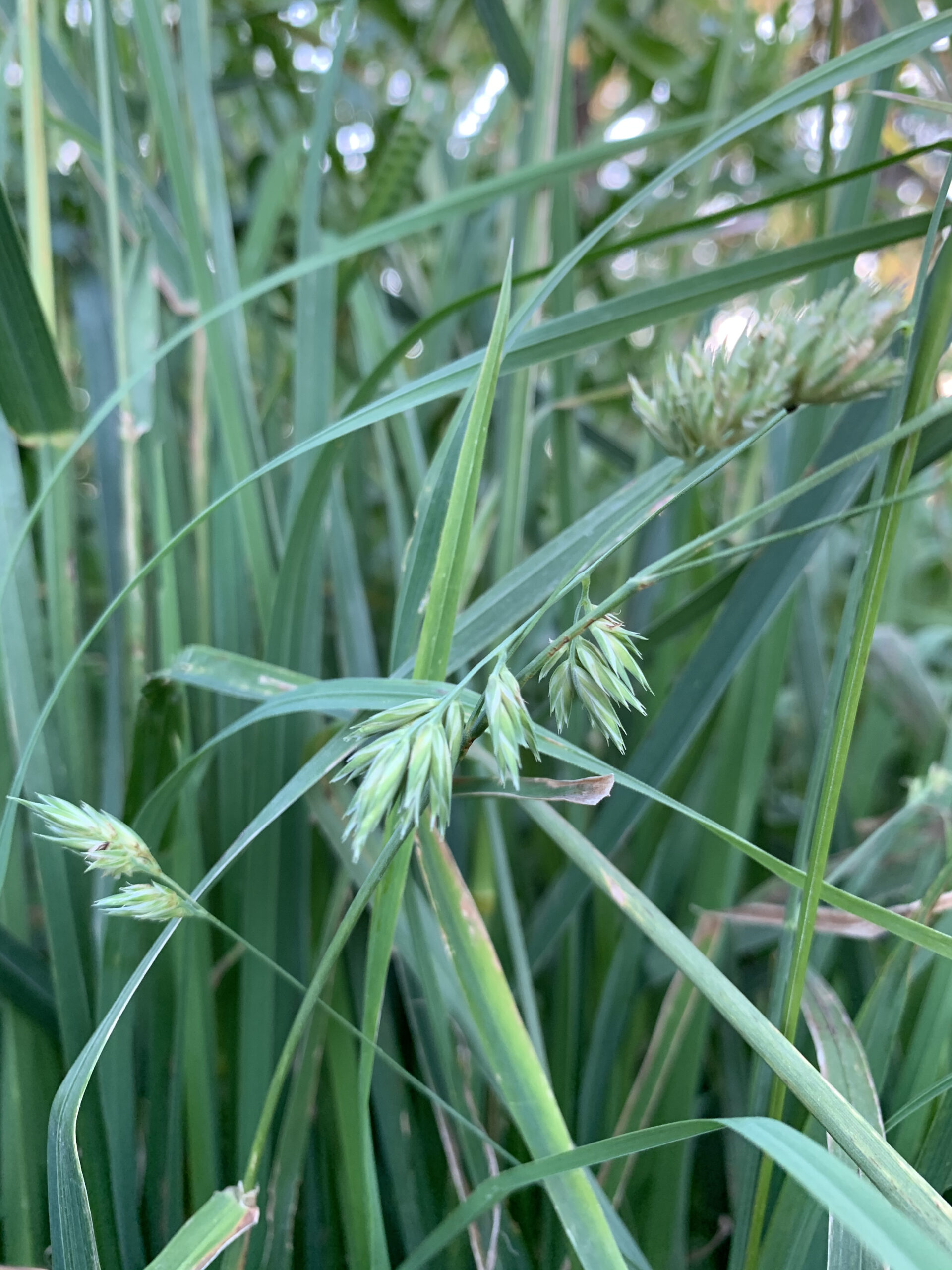
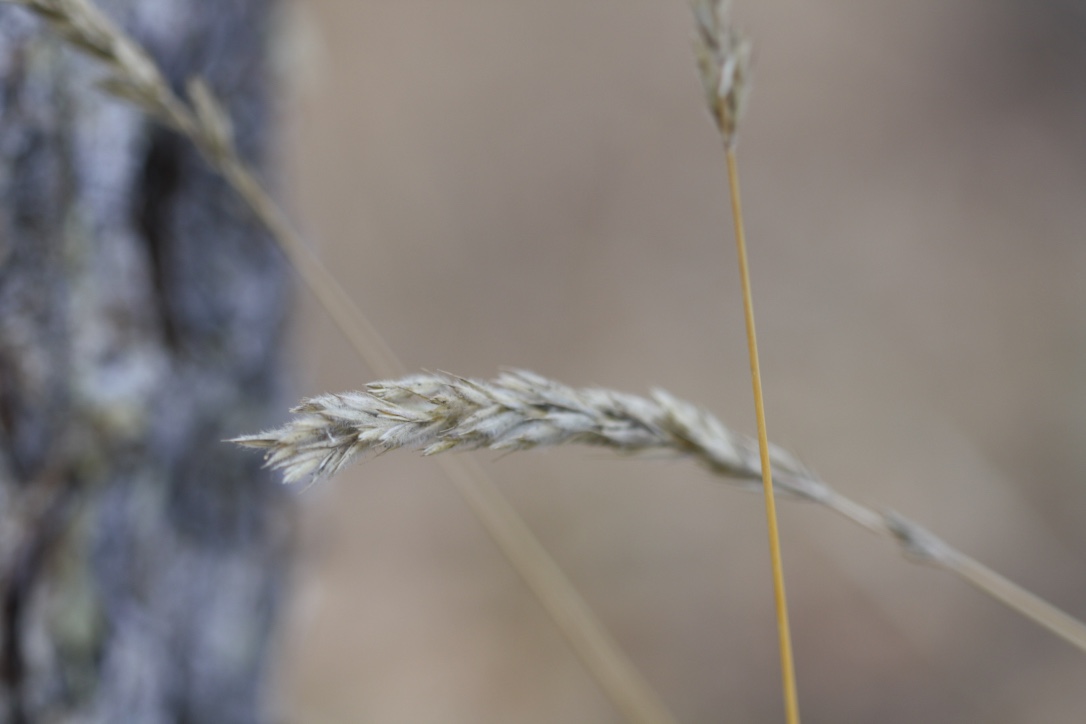
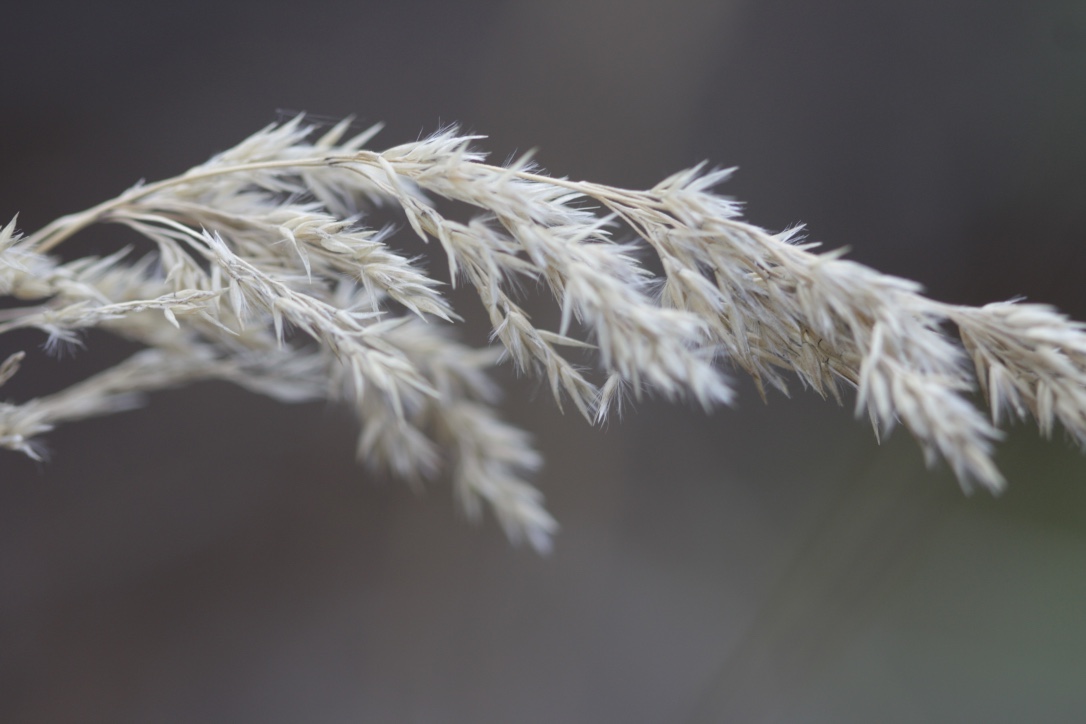
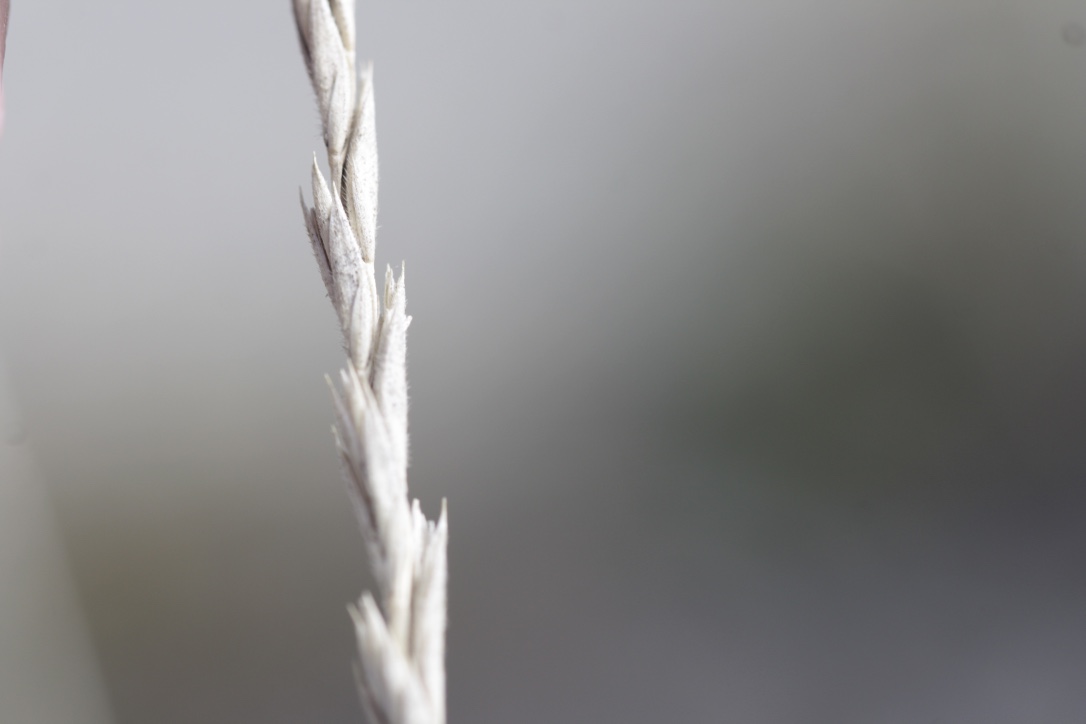

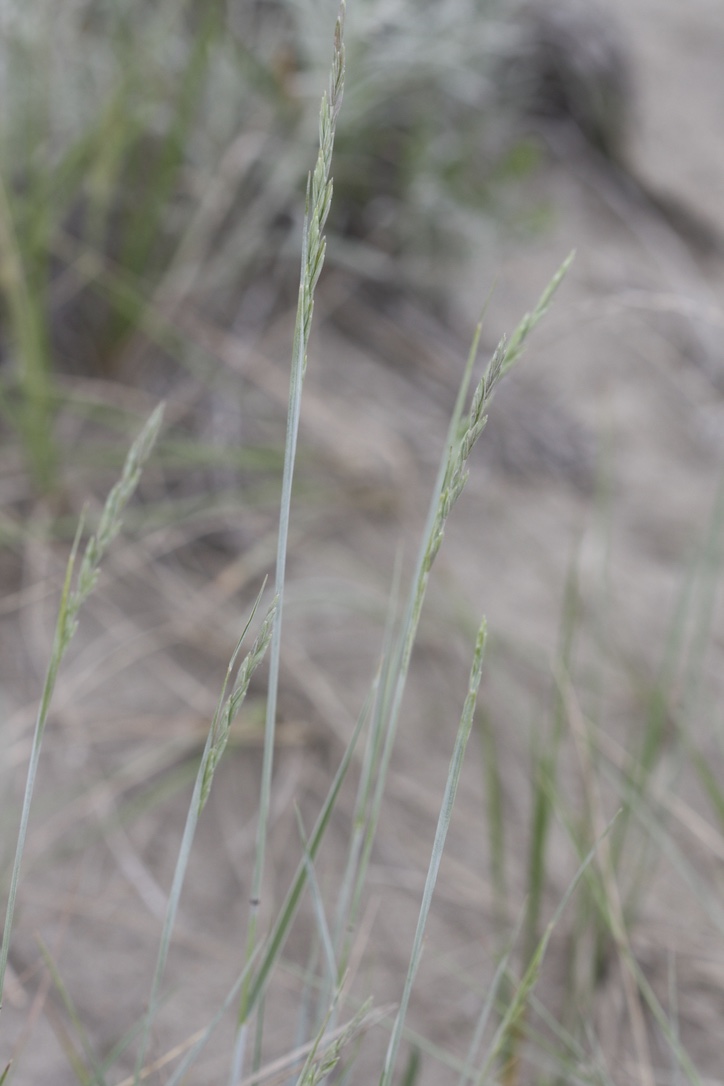
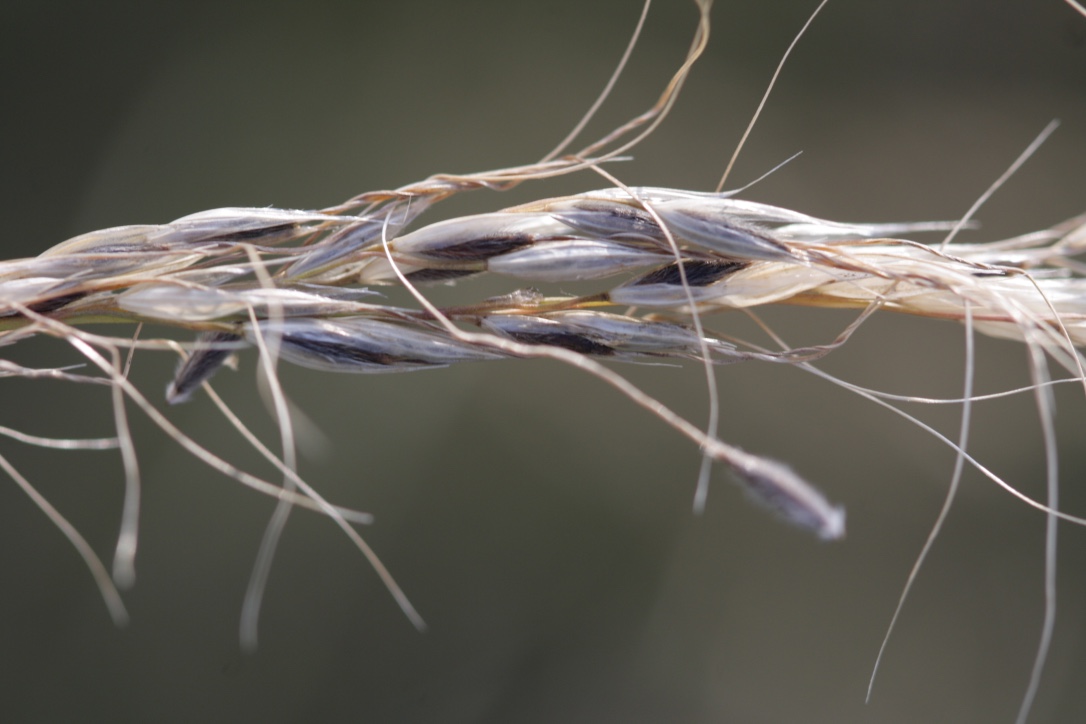
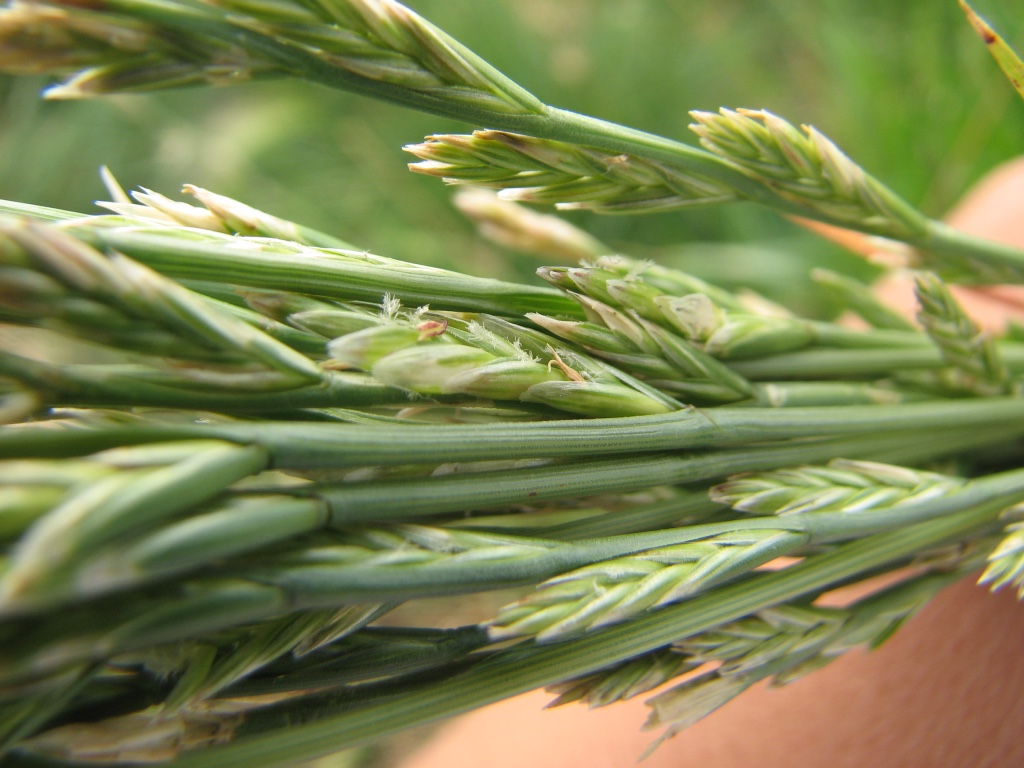
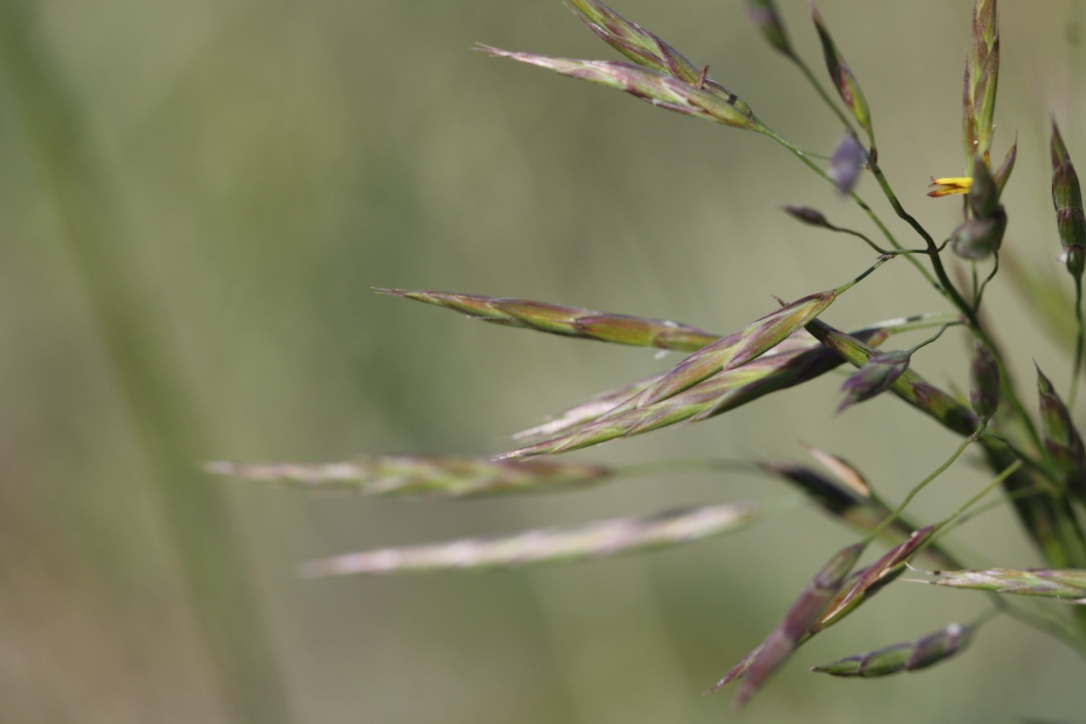
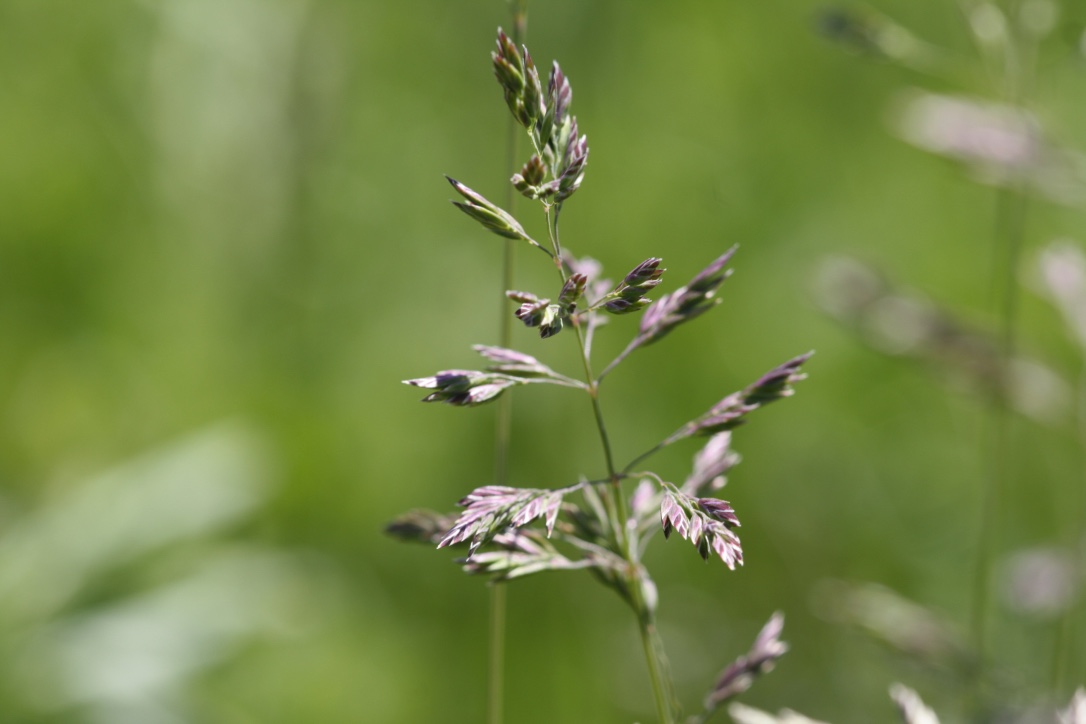
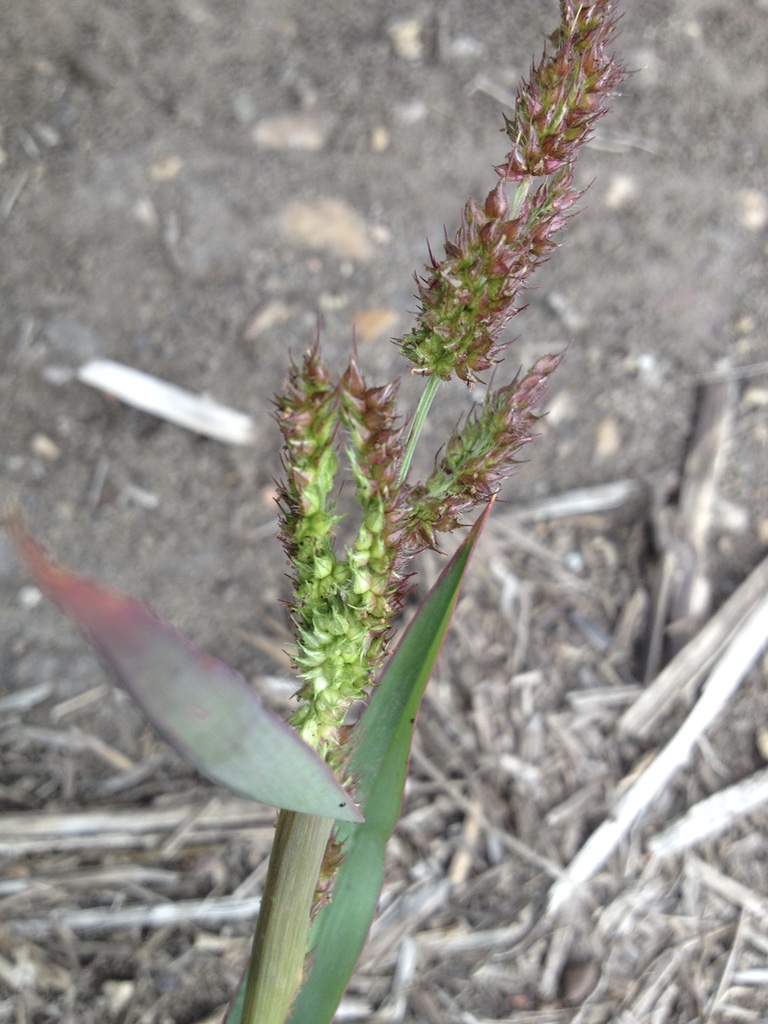


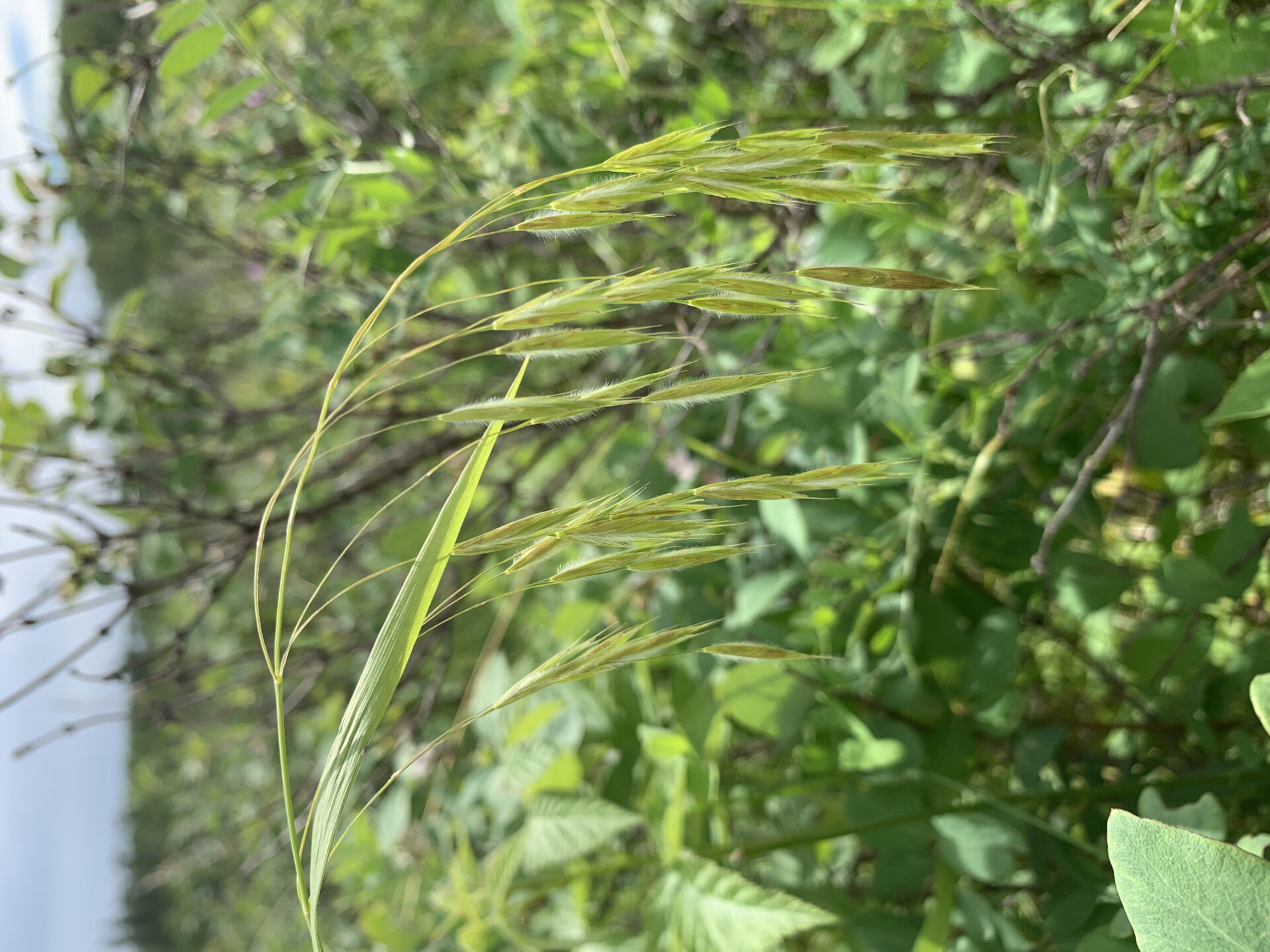
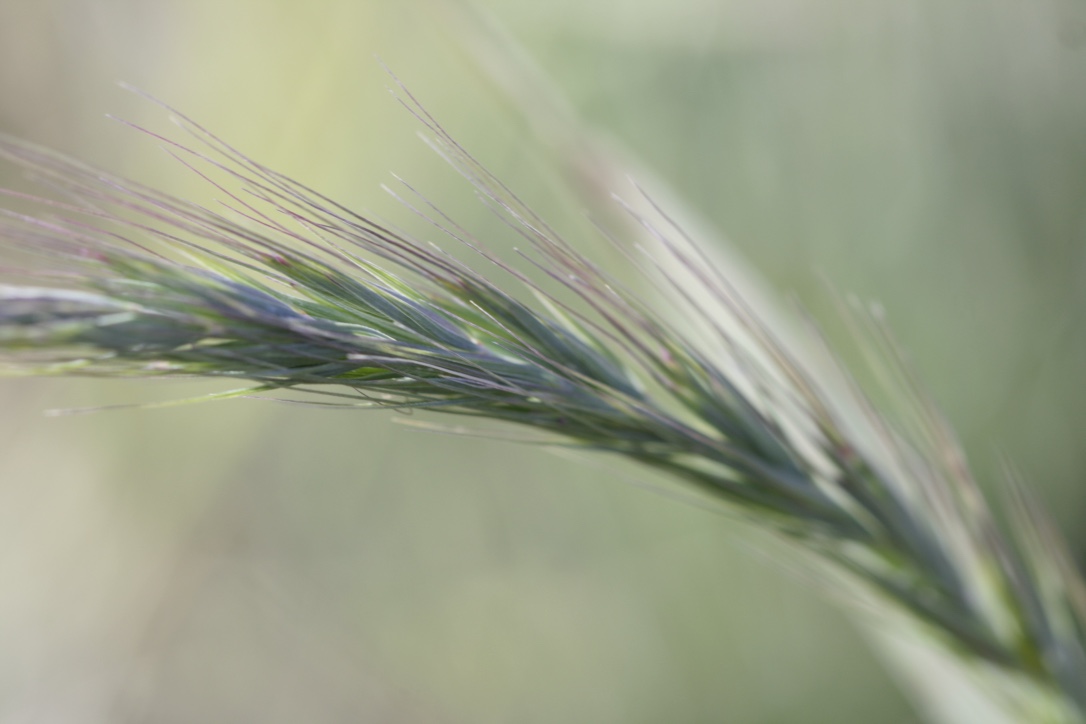

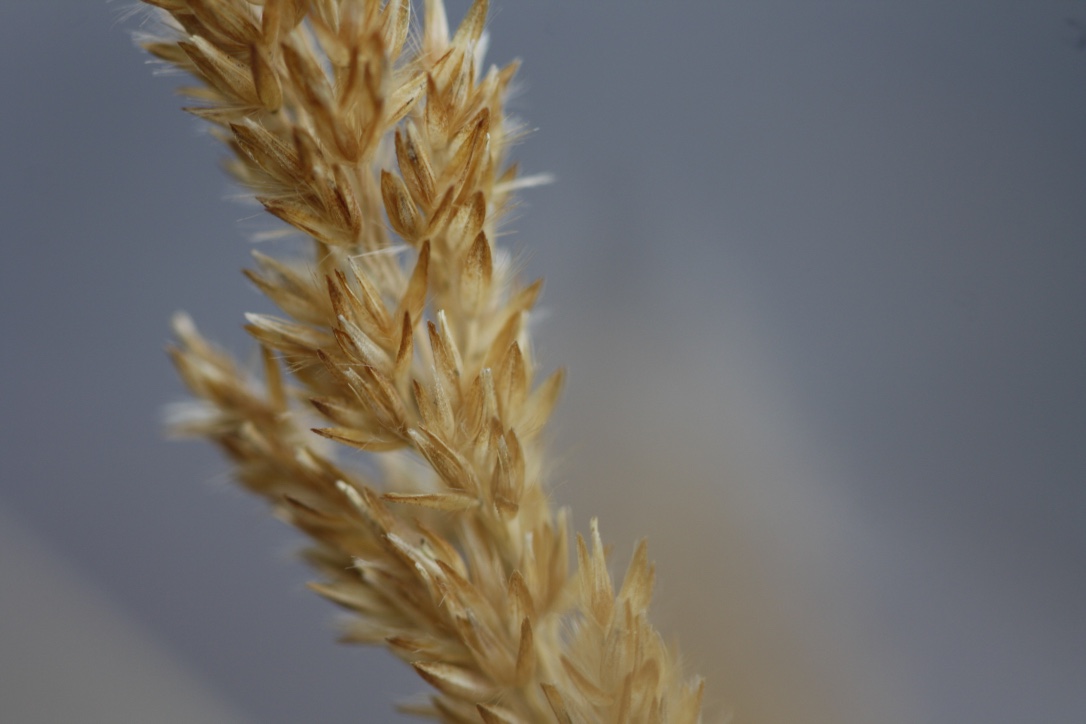
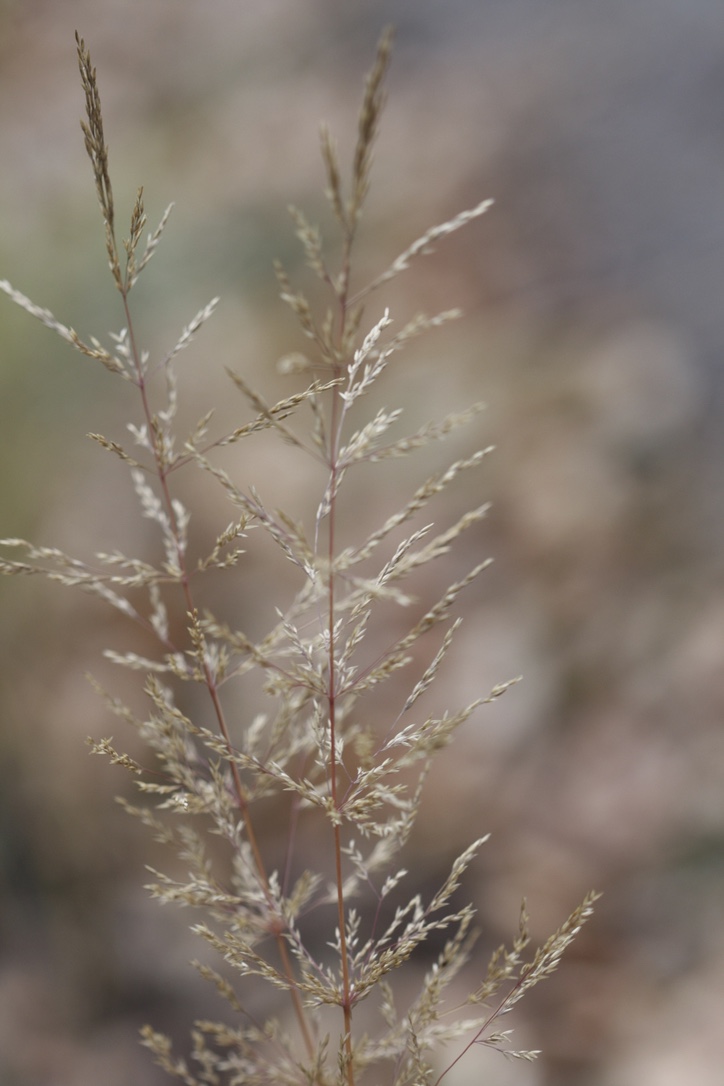
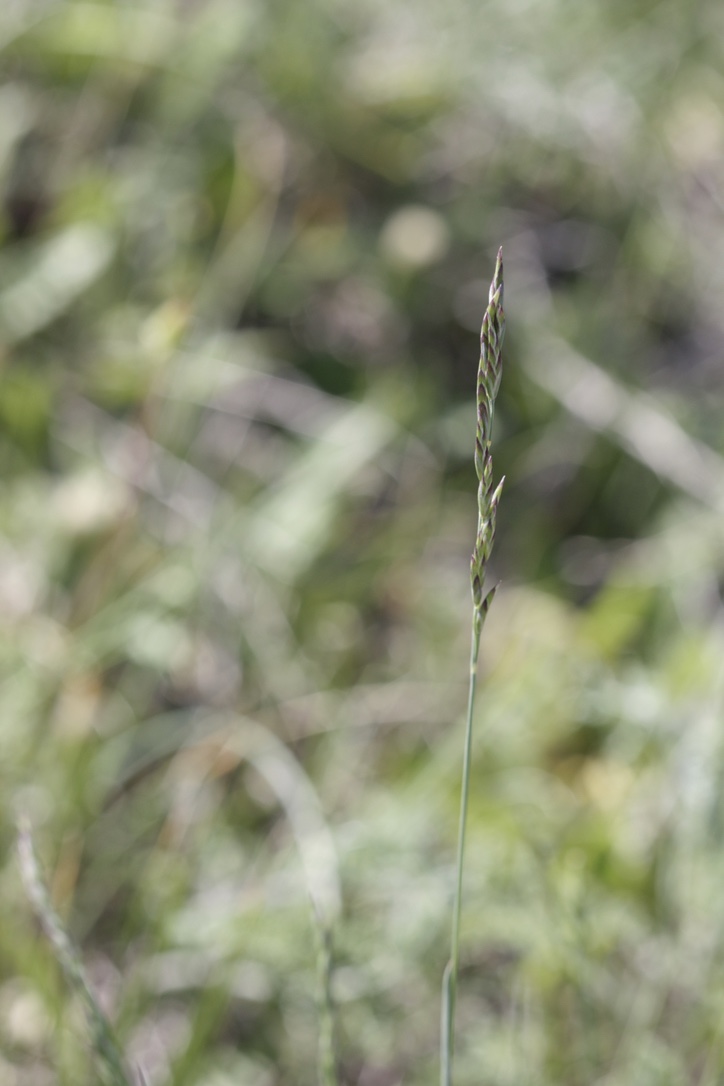
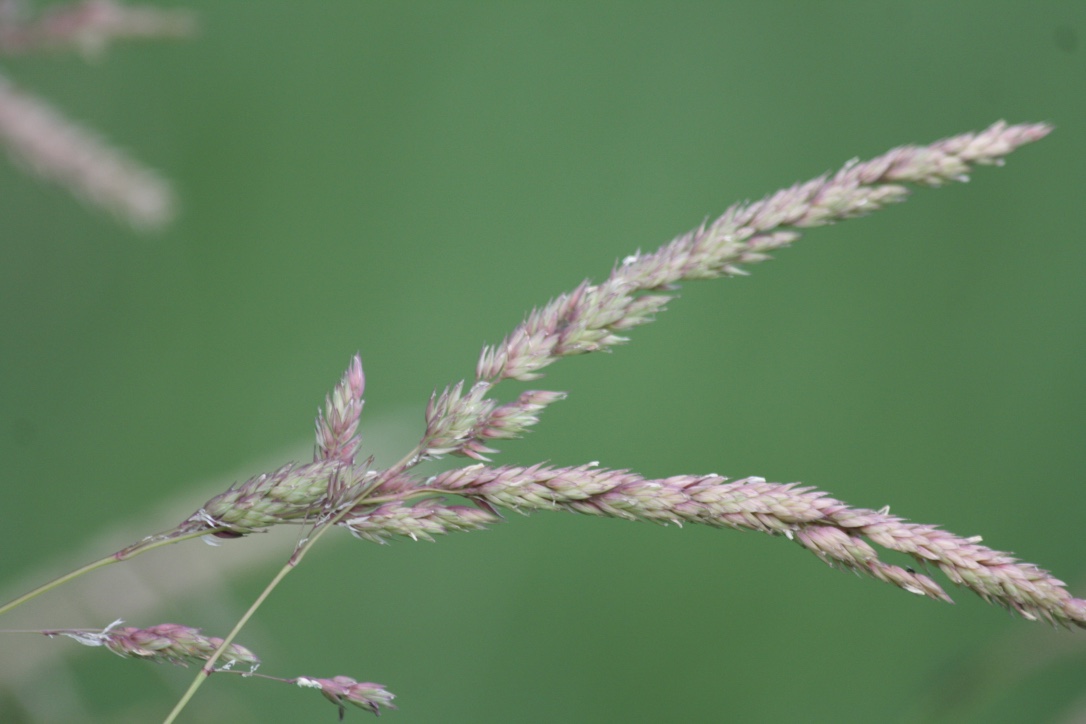
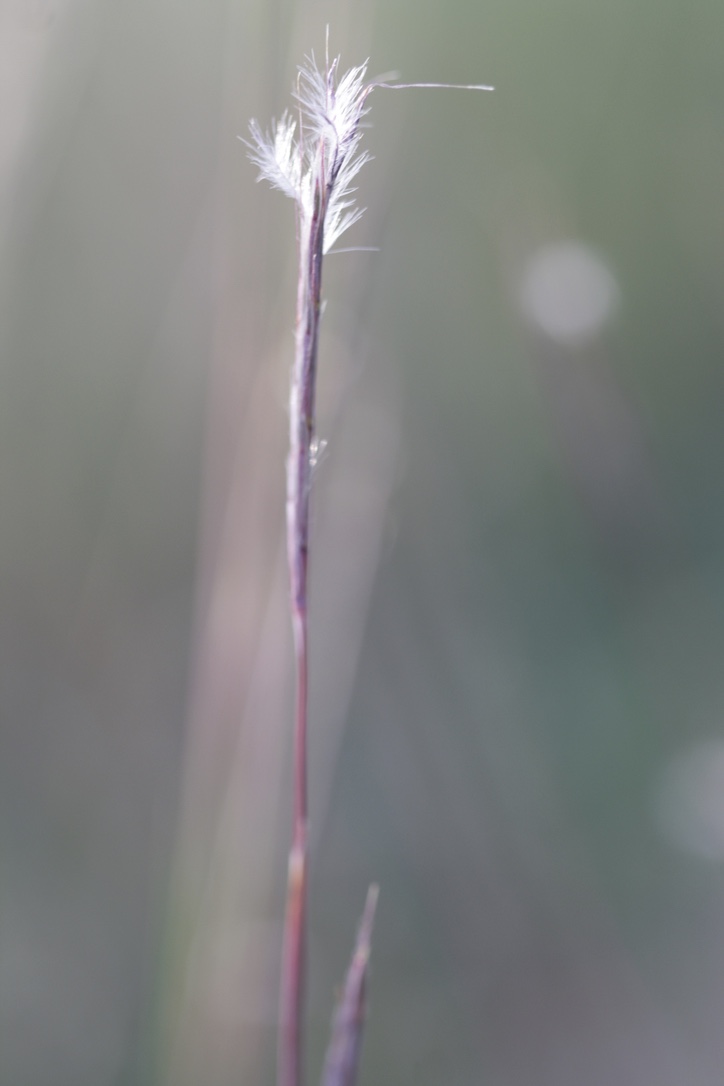
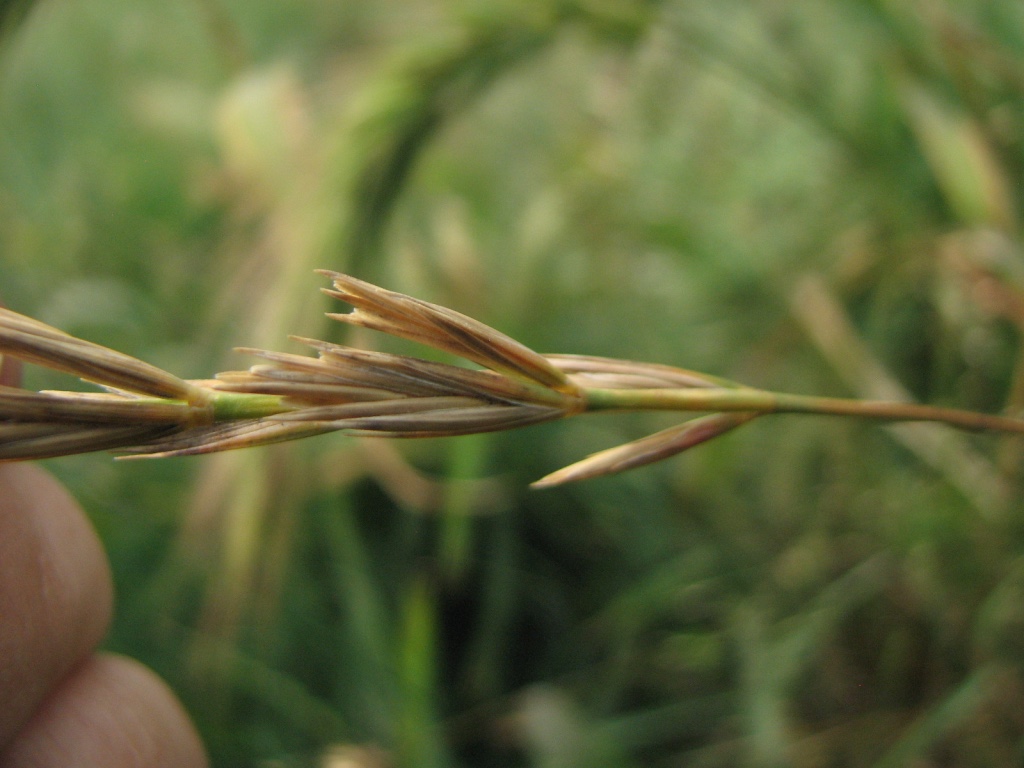
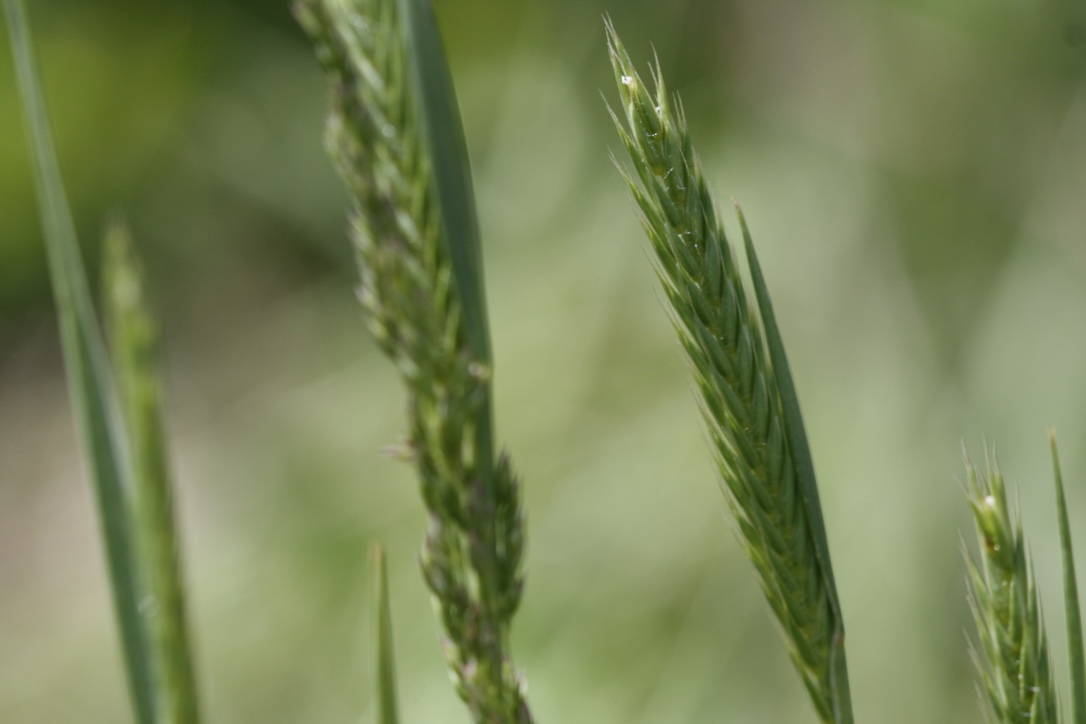



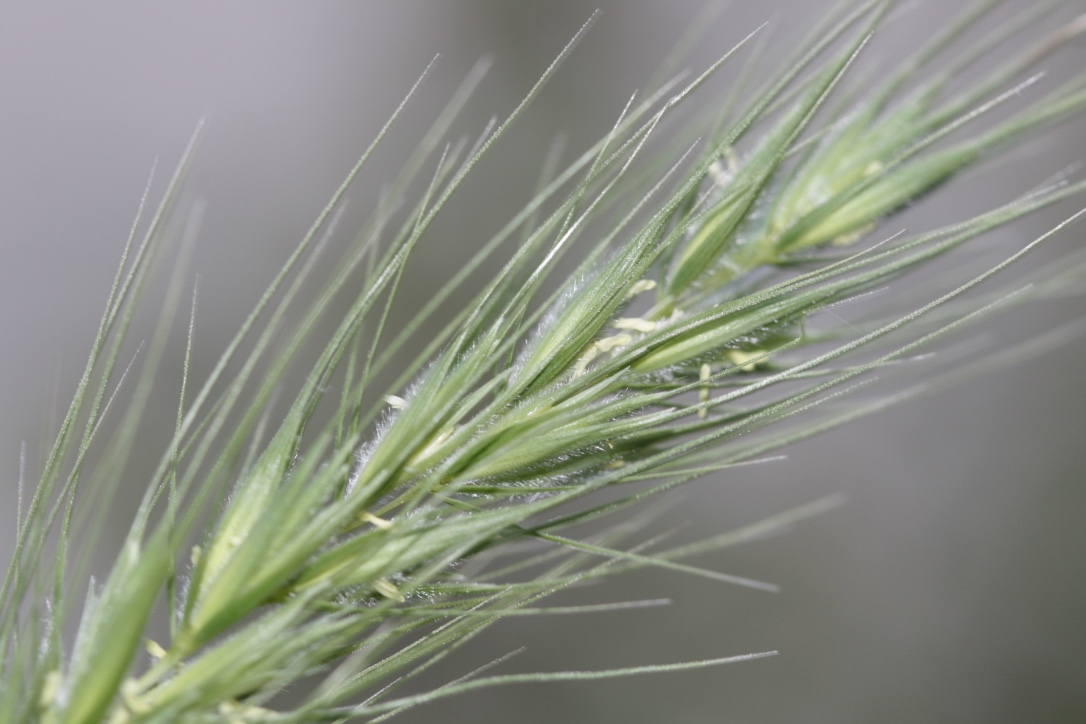
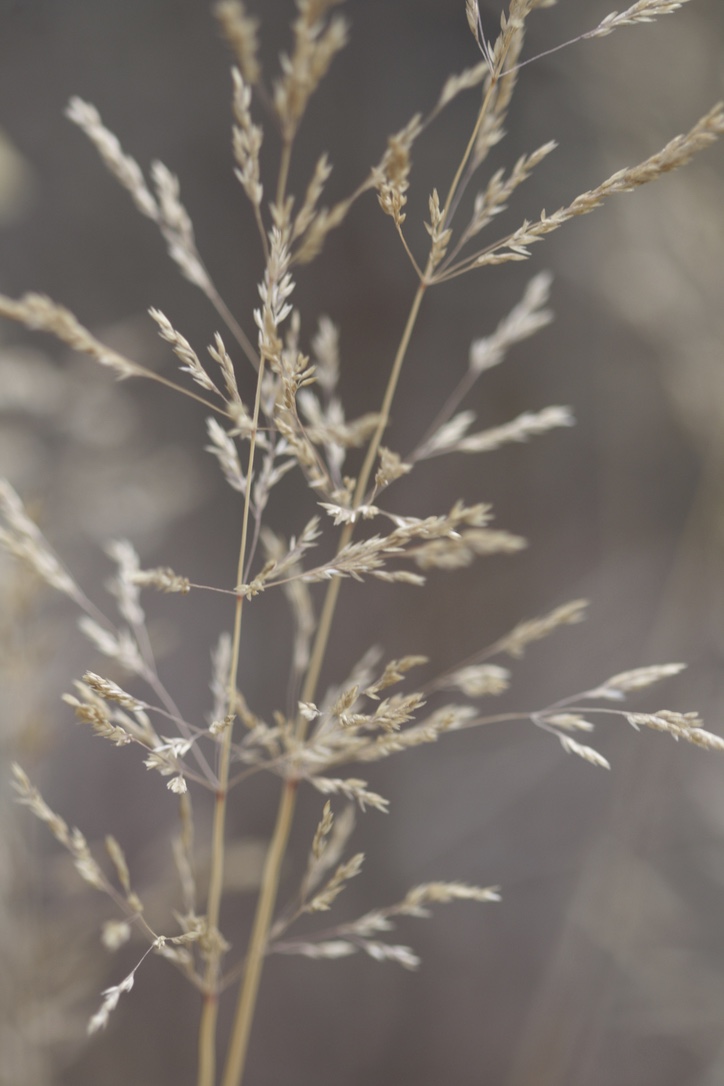
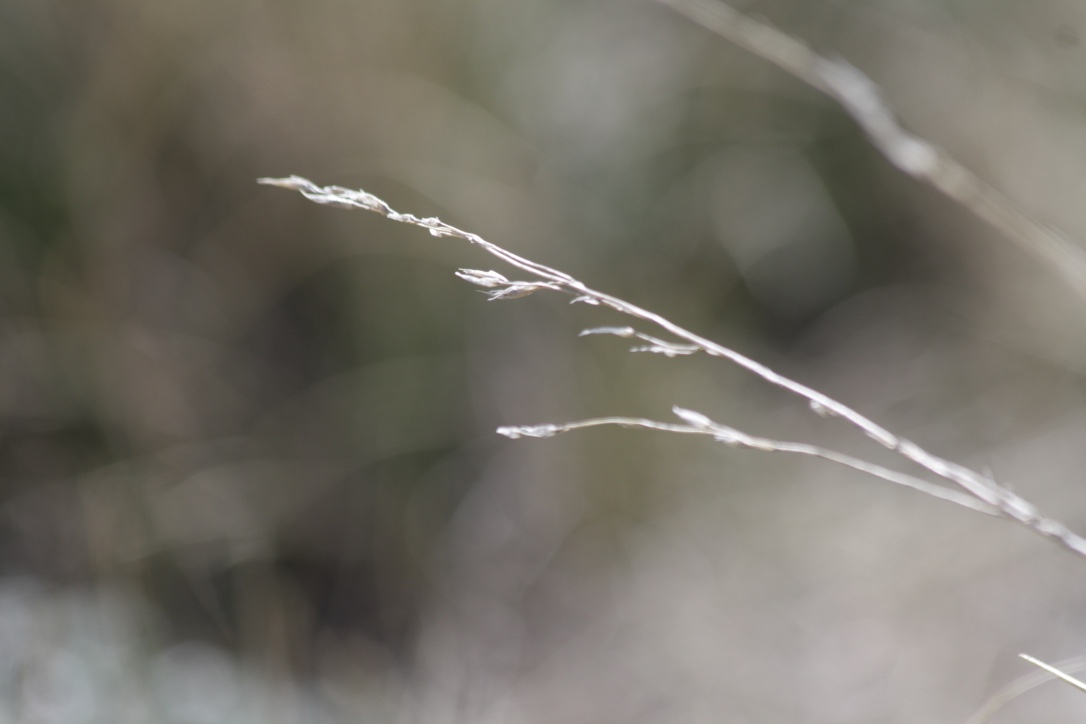
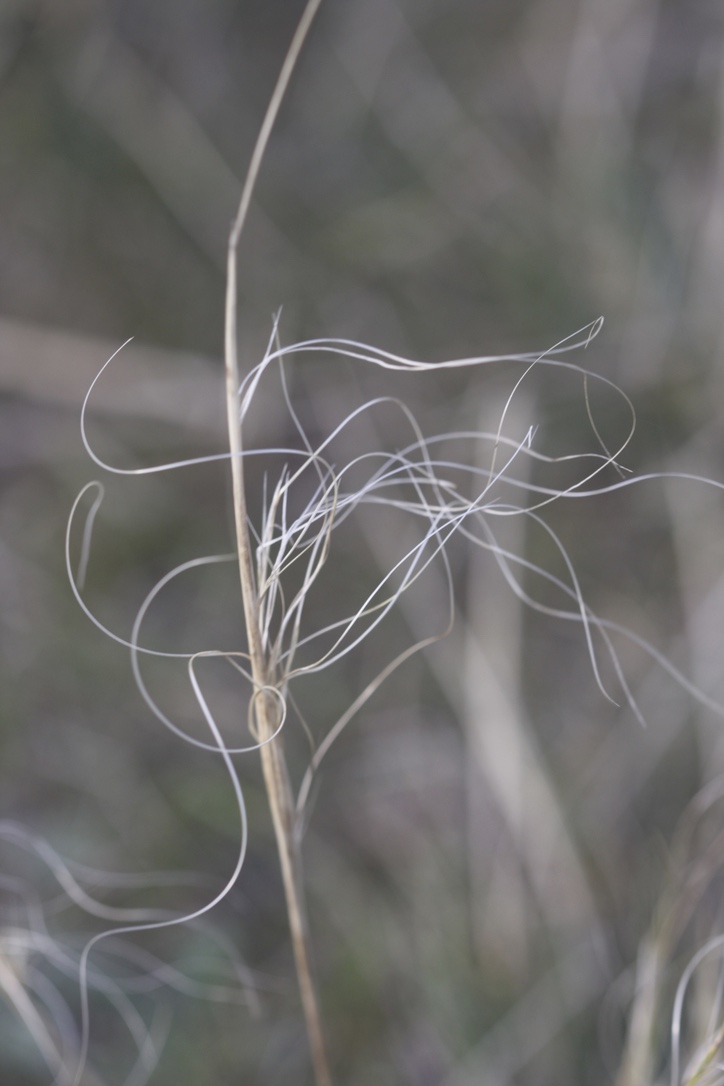

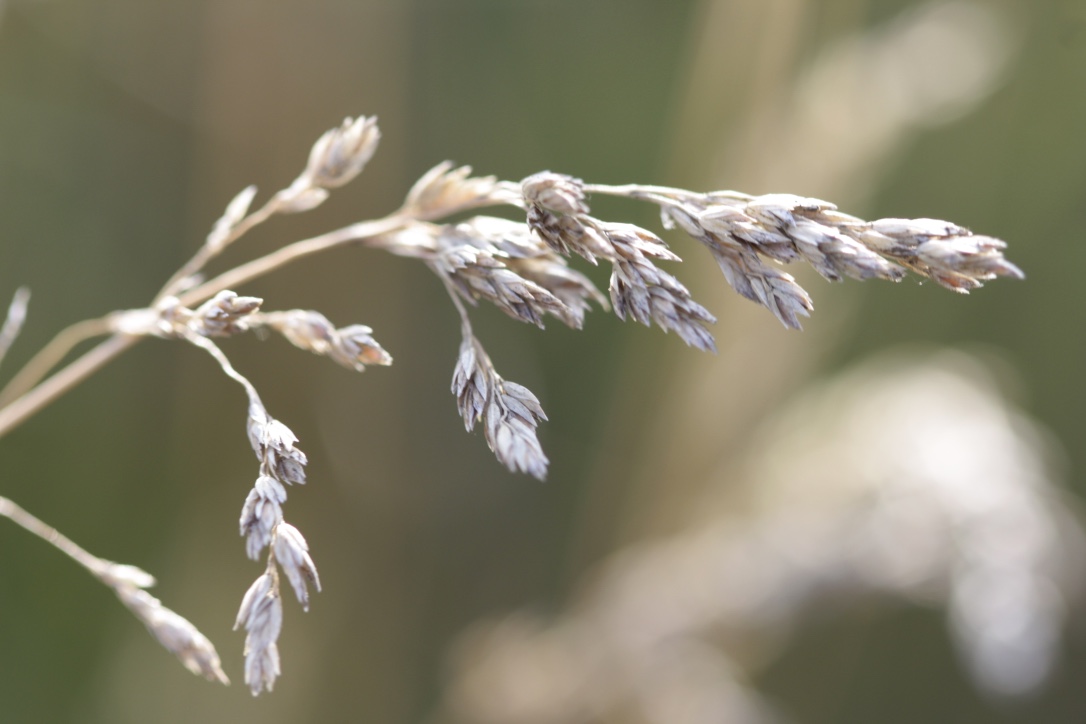
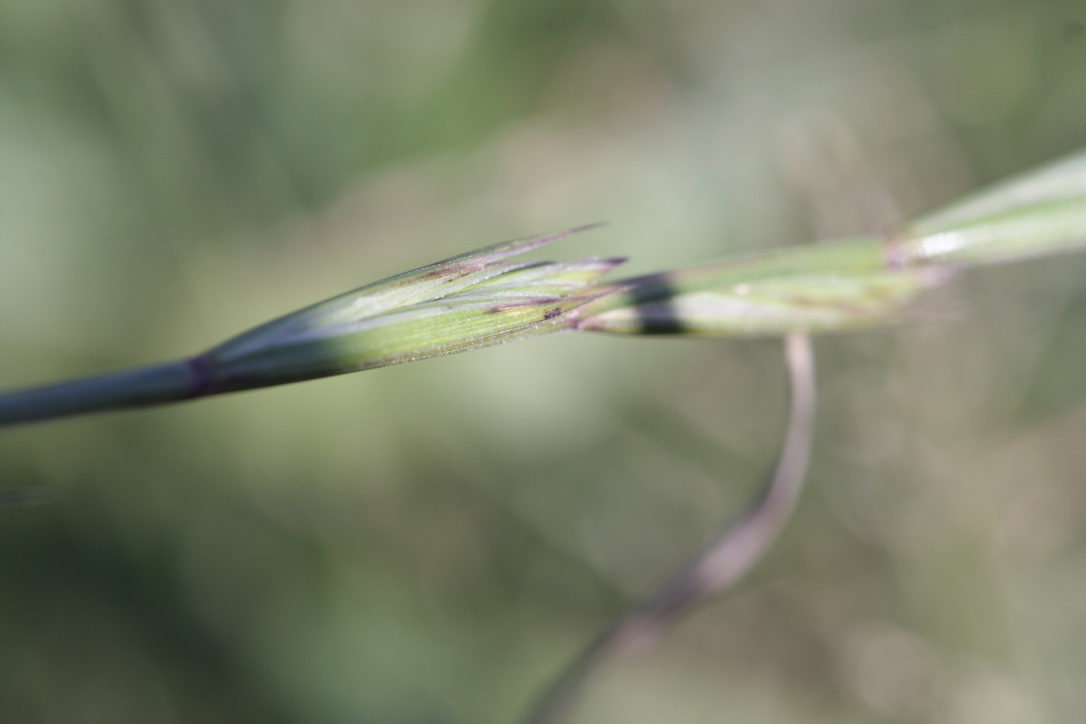
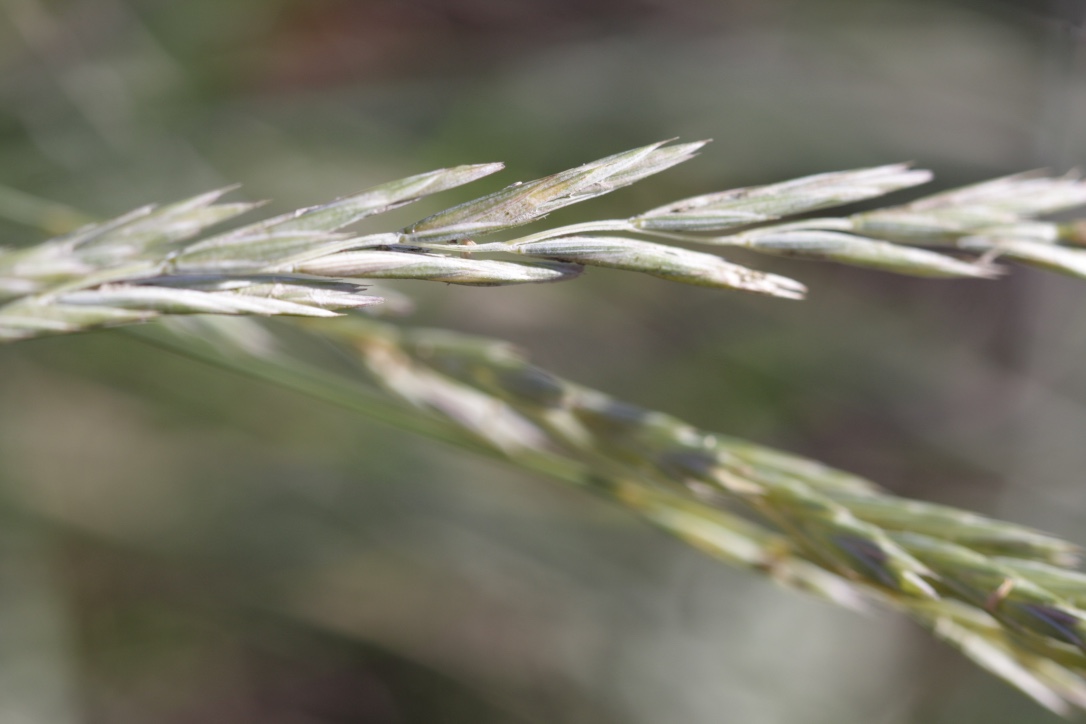
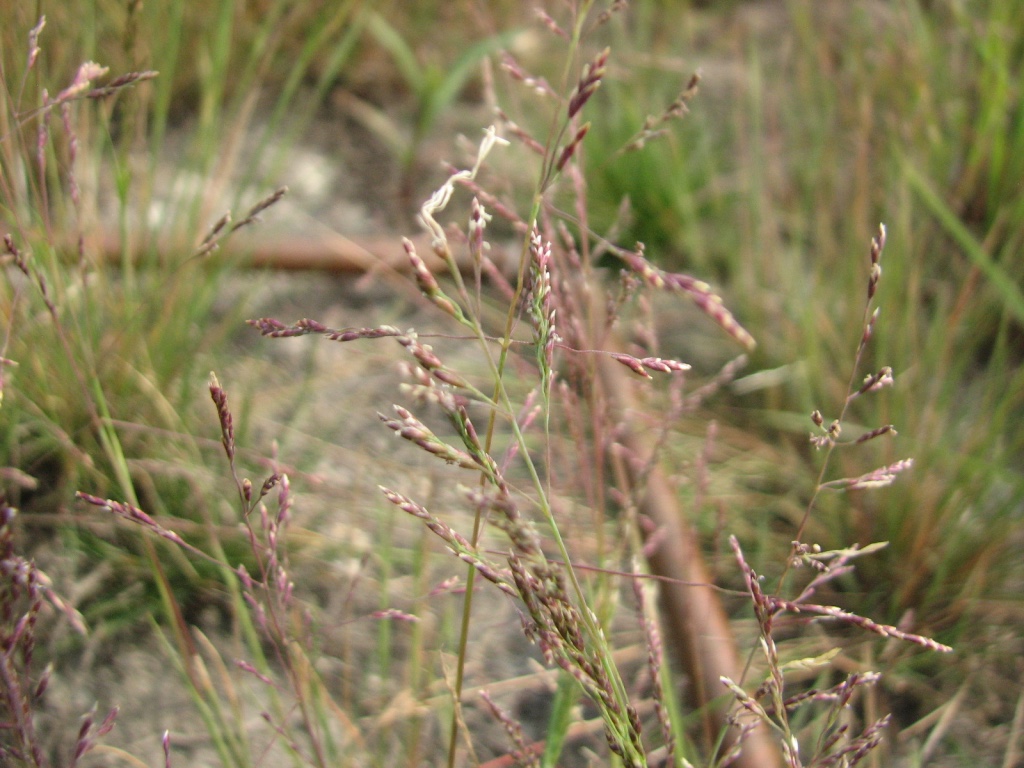
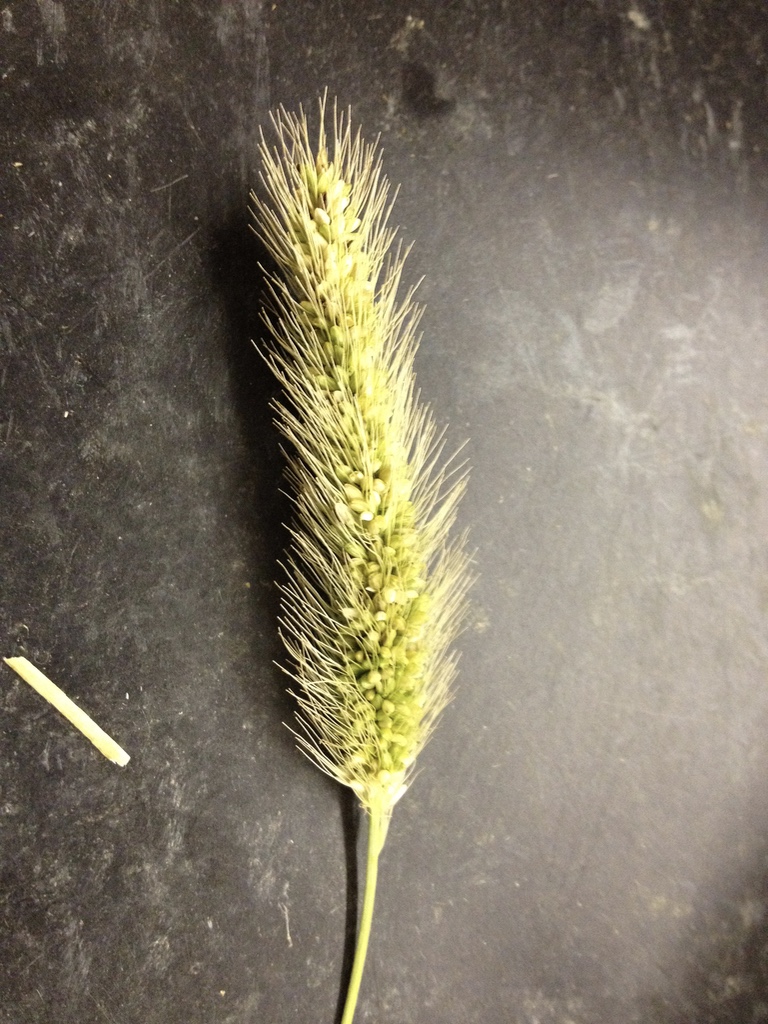
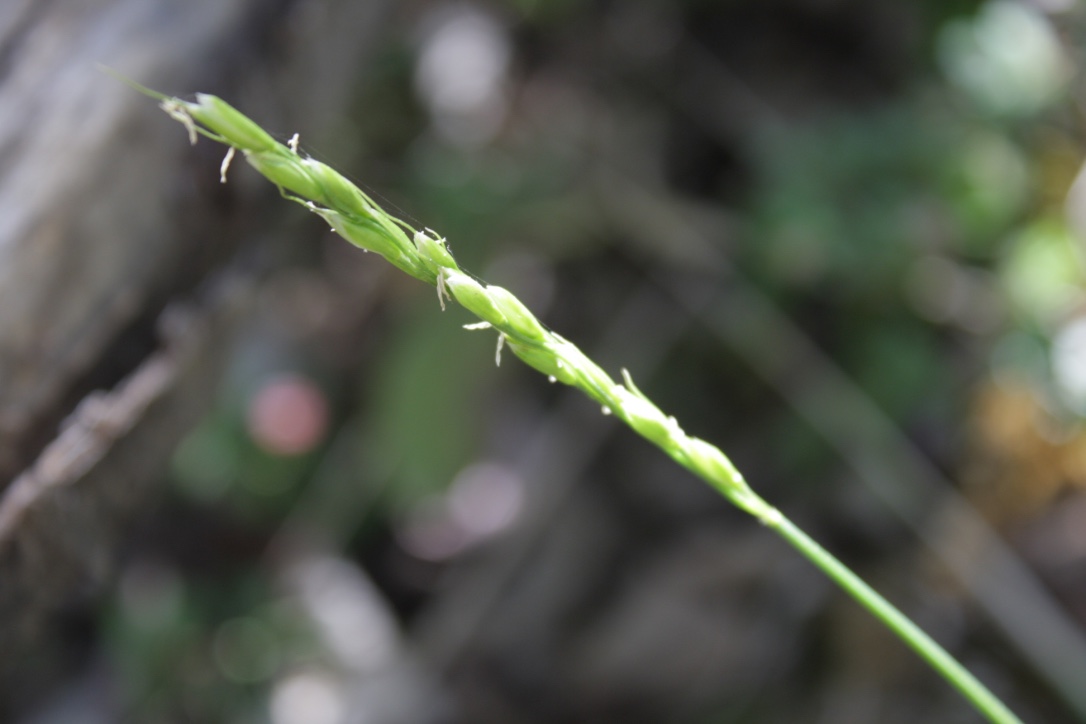
Tribe Aristideae
Tribe Bromeae
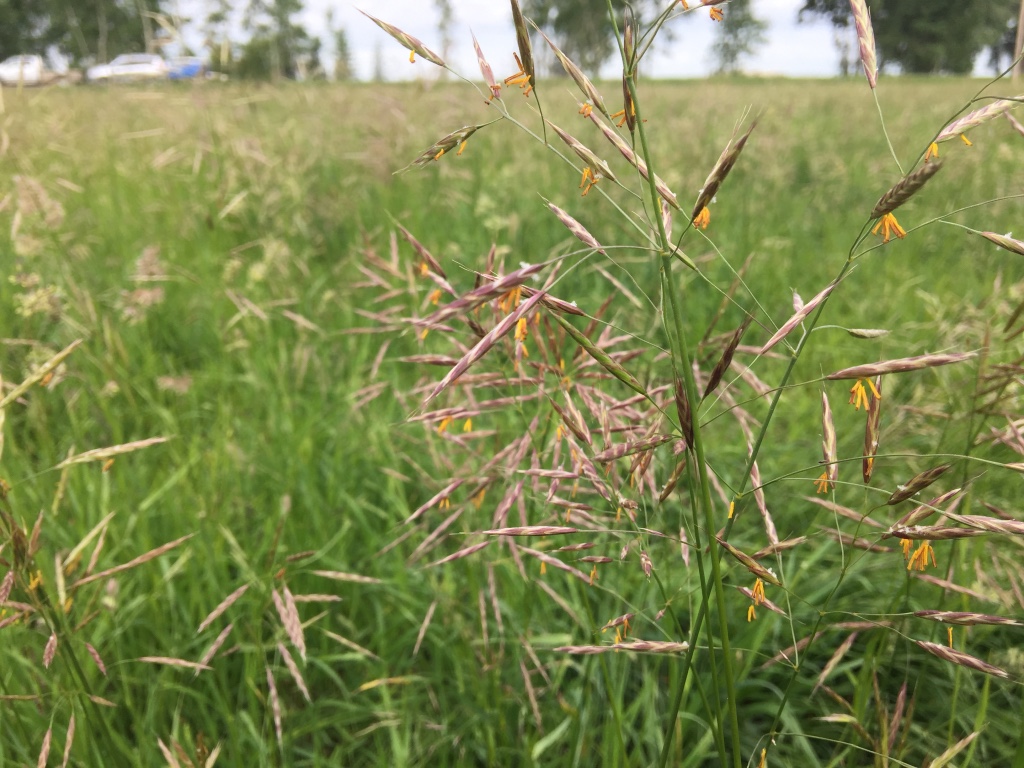
Tribe Danthonieae
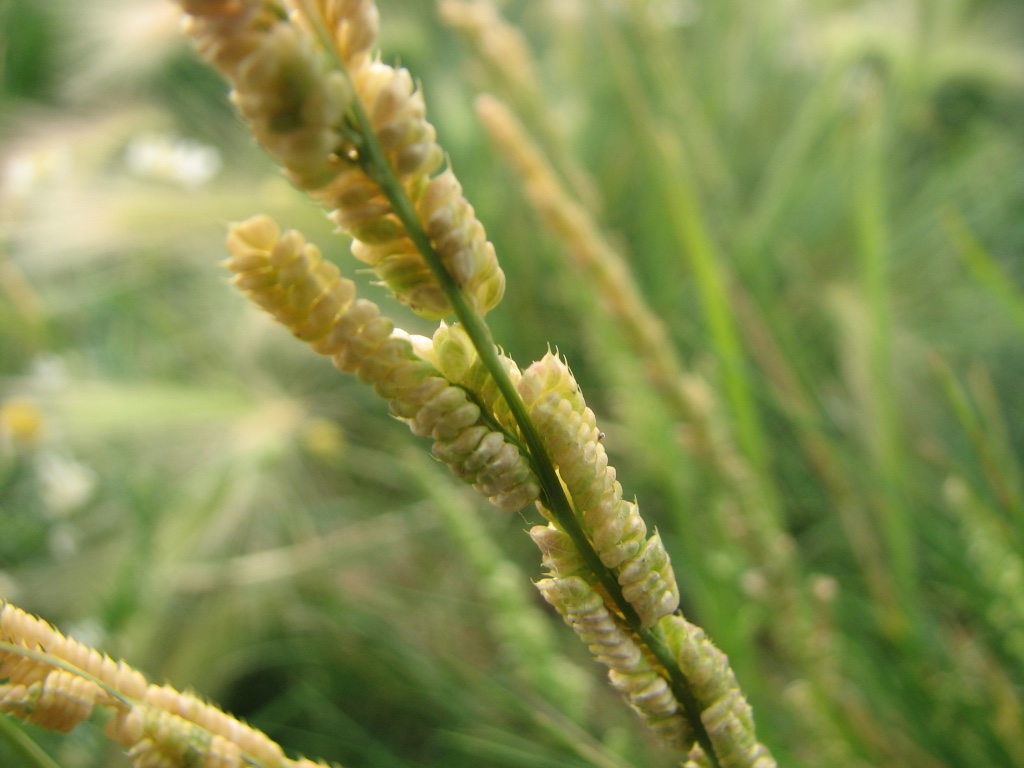

Tribe Eragrostideae
Tribe Meliceae
Tribe Molinieae
Tribe Oryzeae
Tribe Paniceae
Tribe Stipeae
Tribe Triticeae
Family Cyperaceae
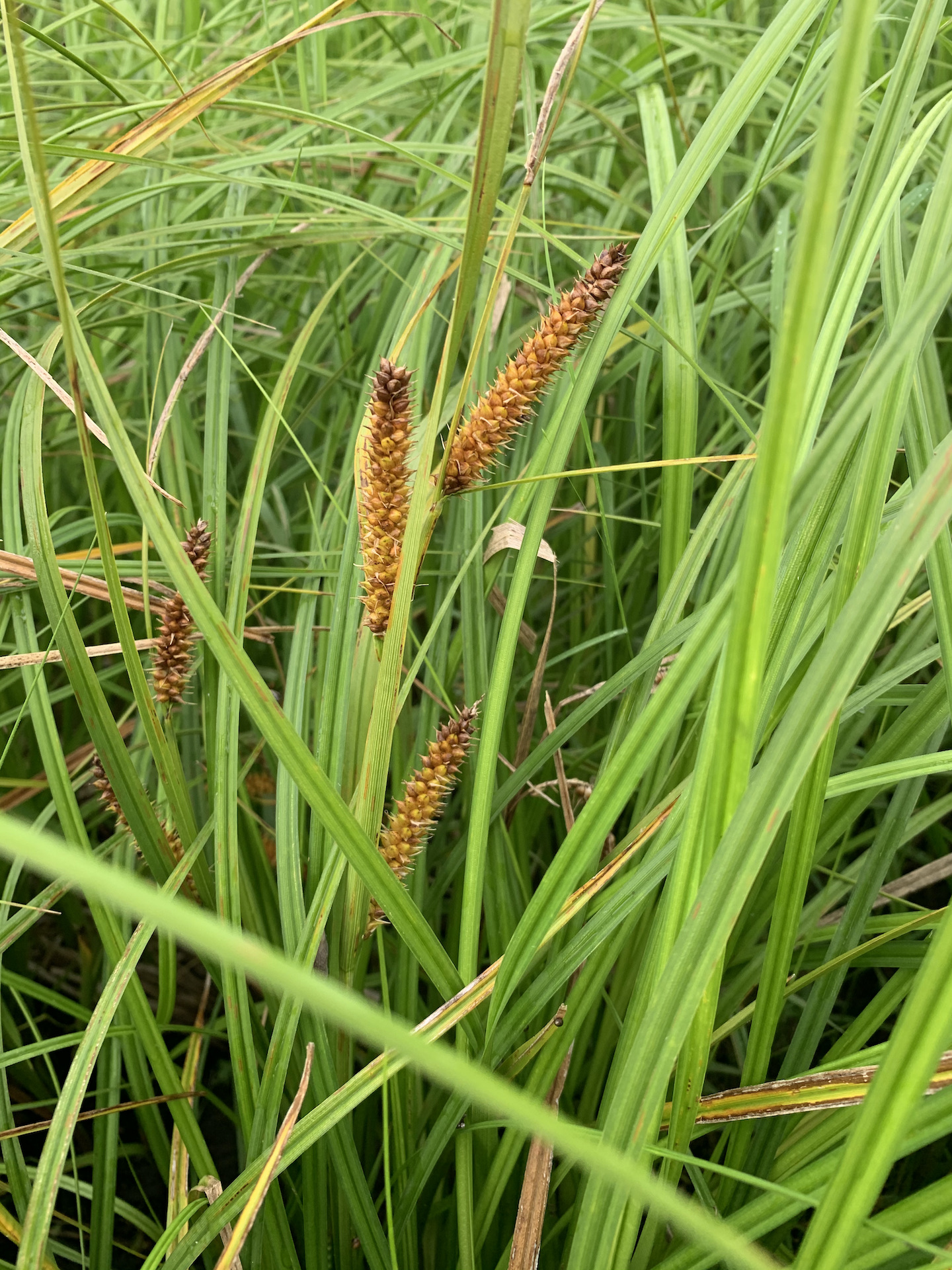
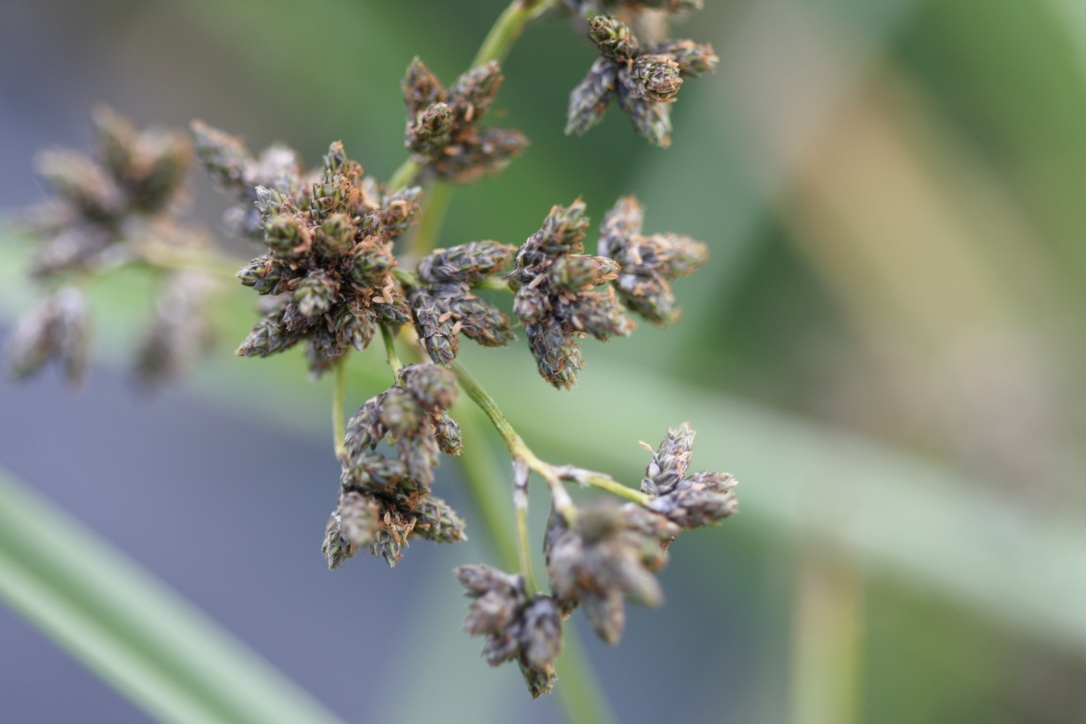
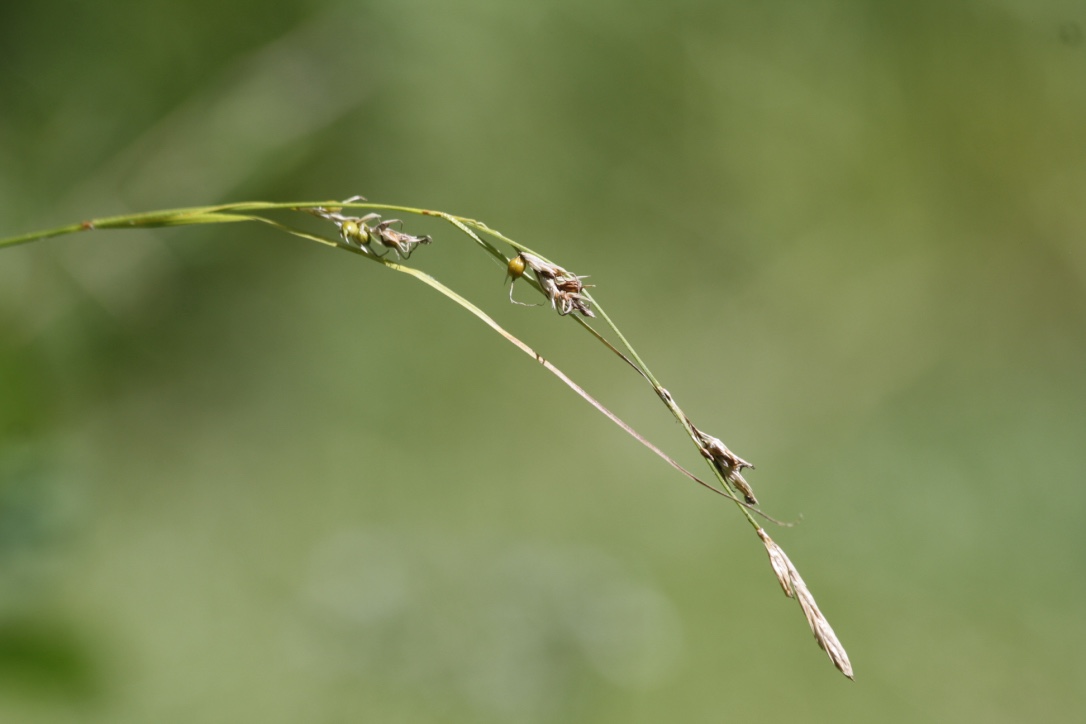
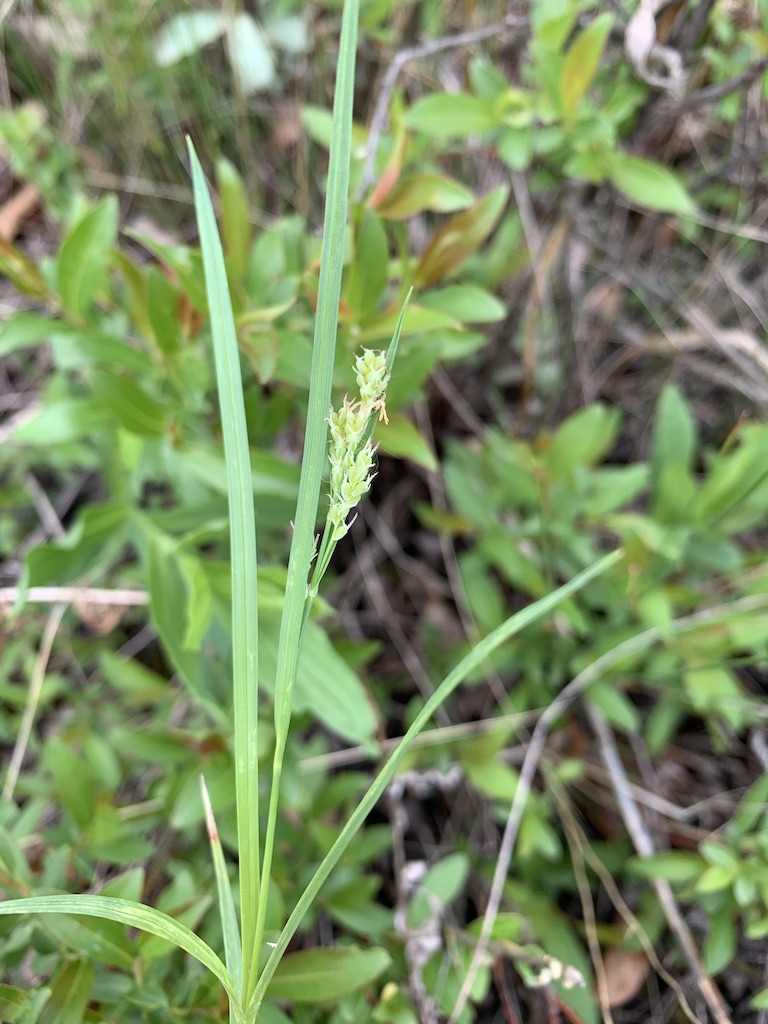

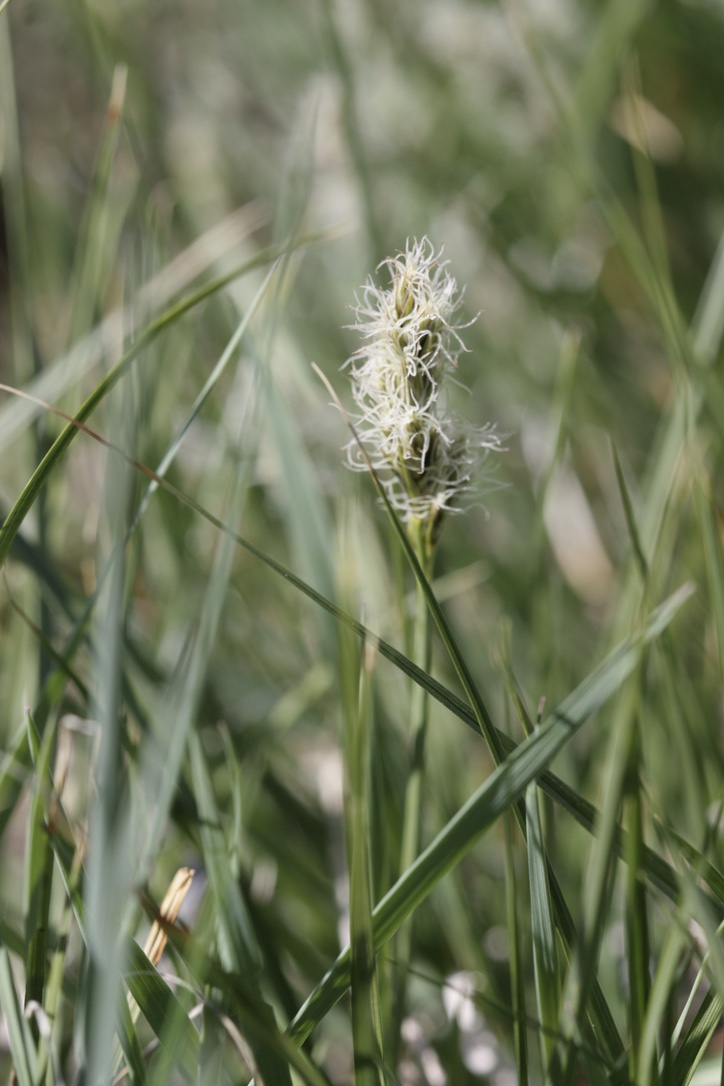
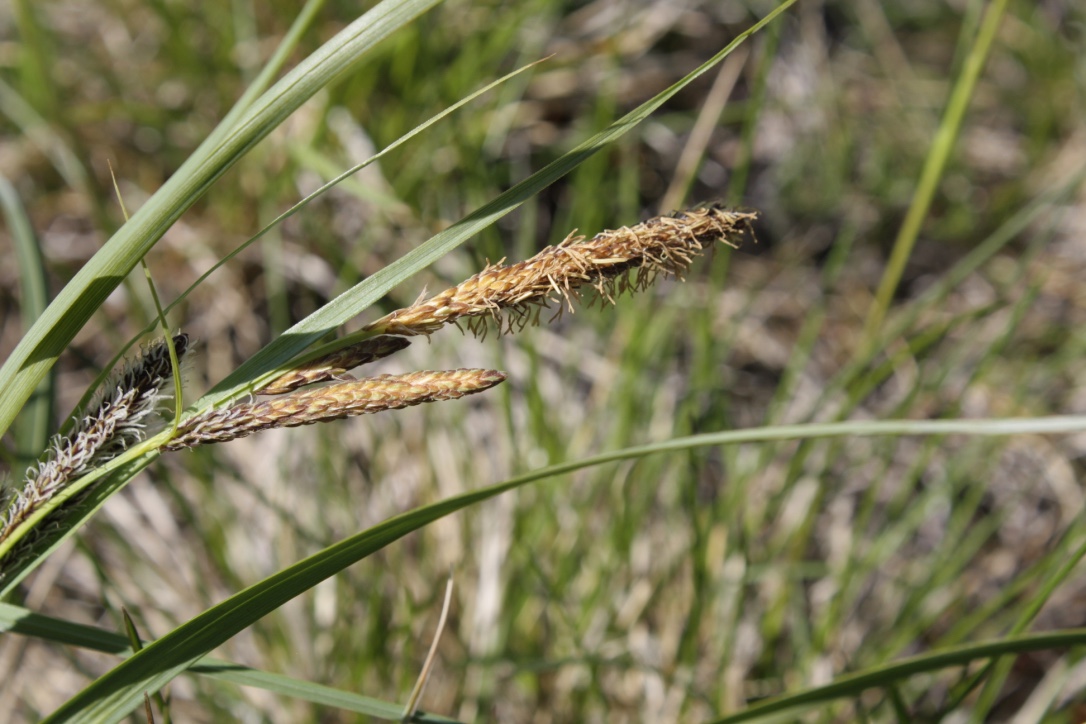


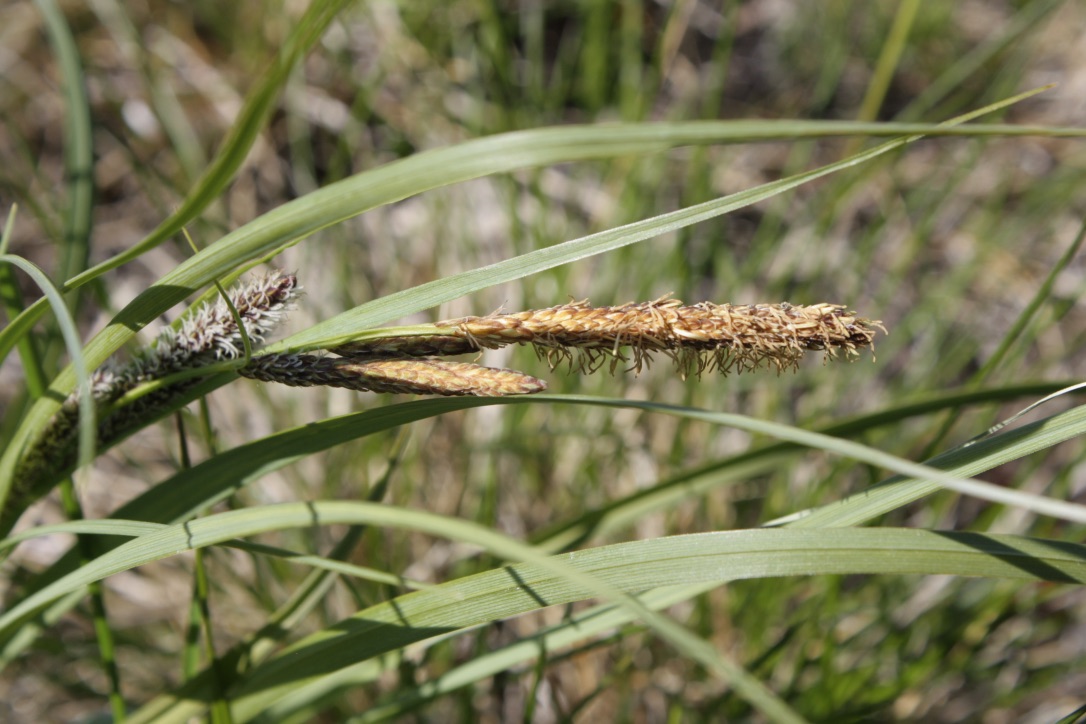
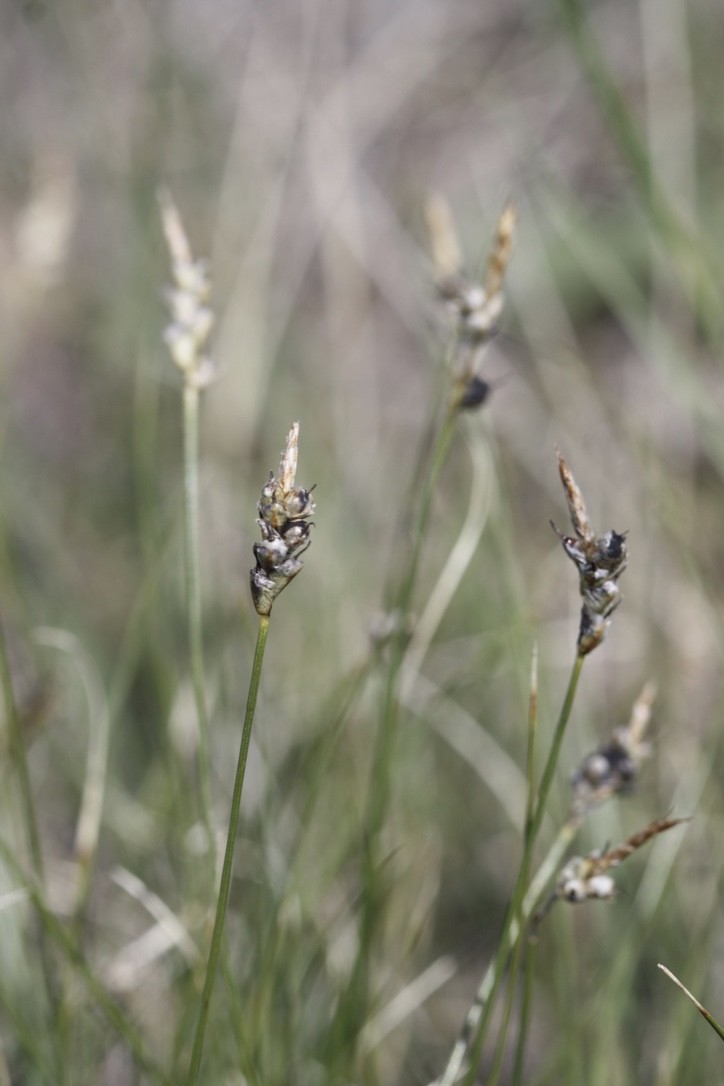



Family Juncaceae
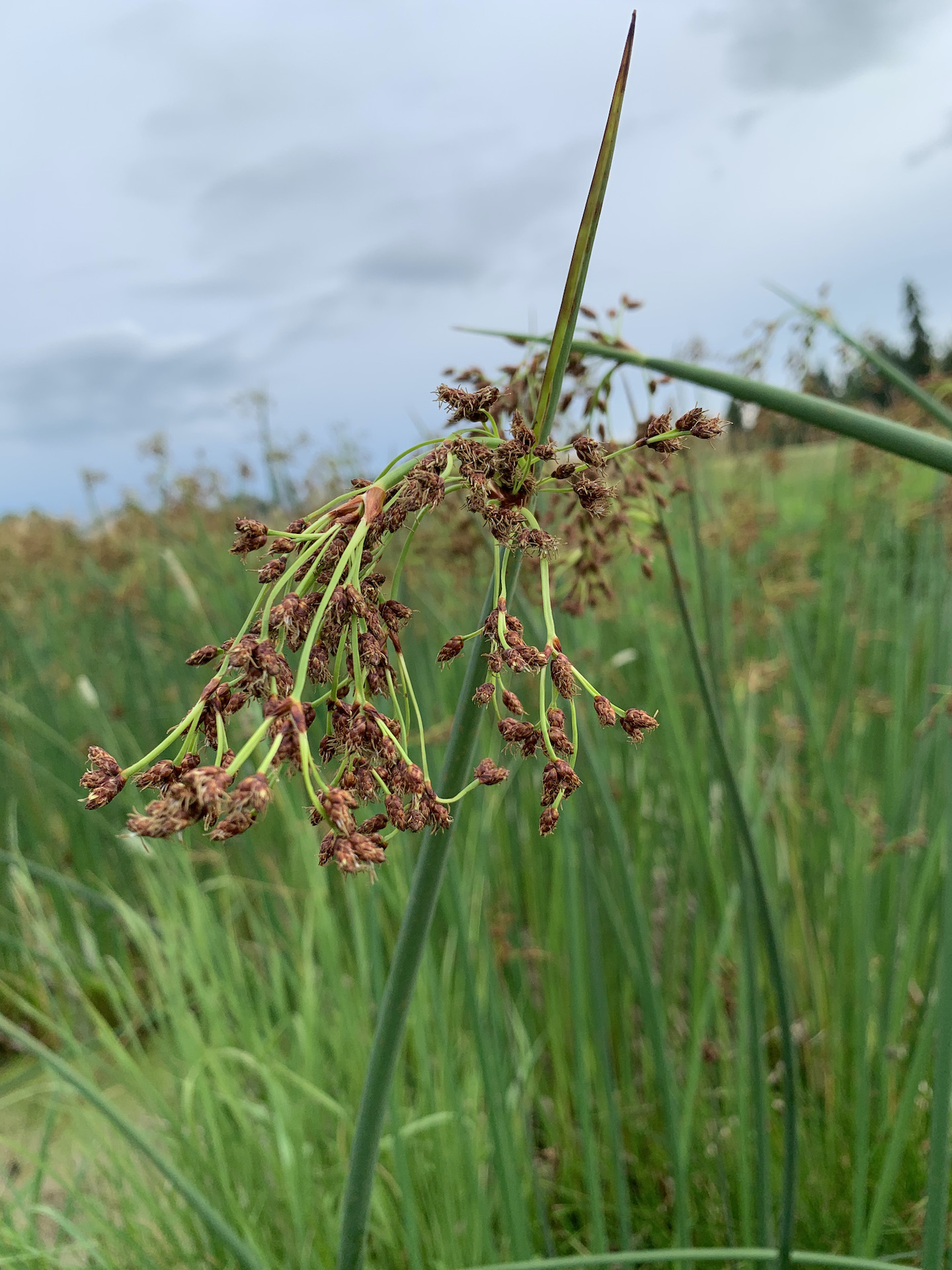
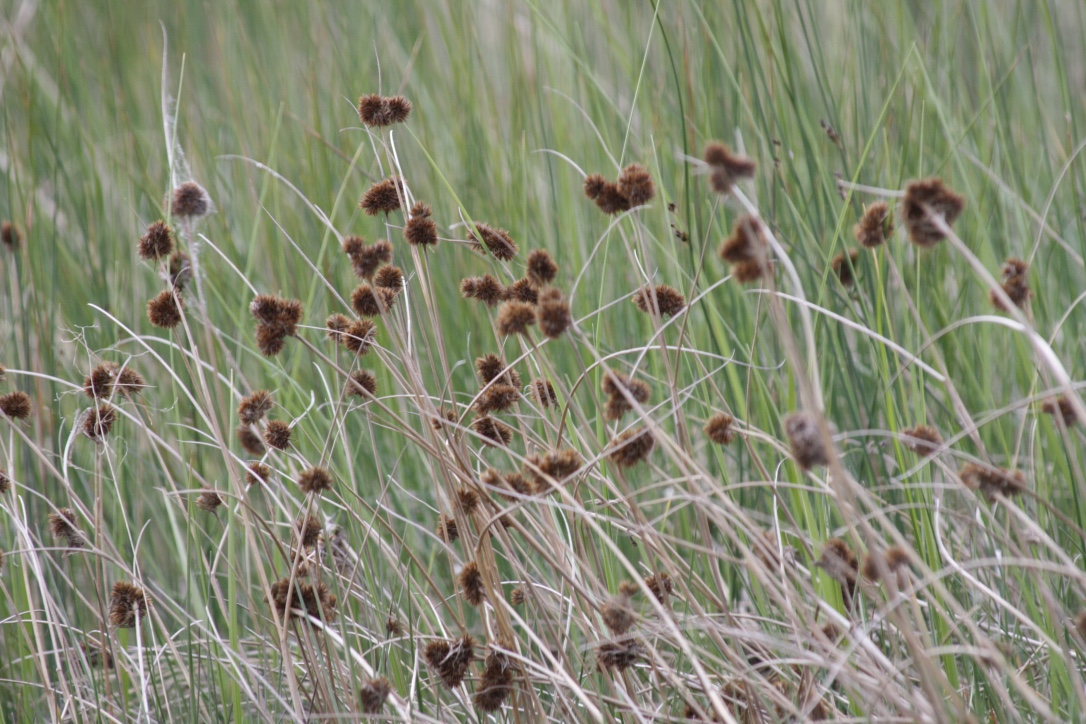
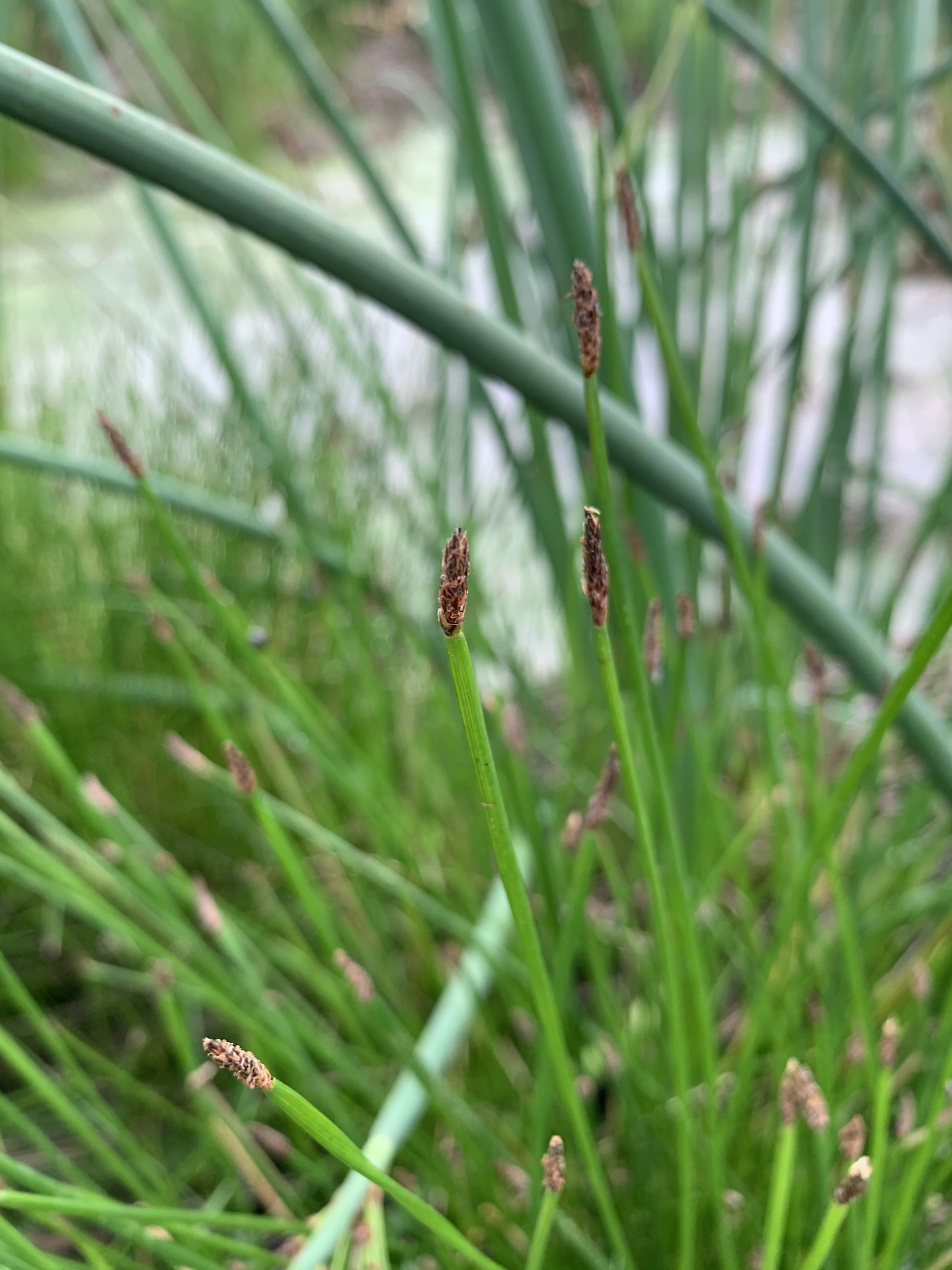


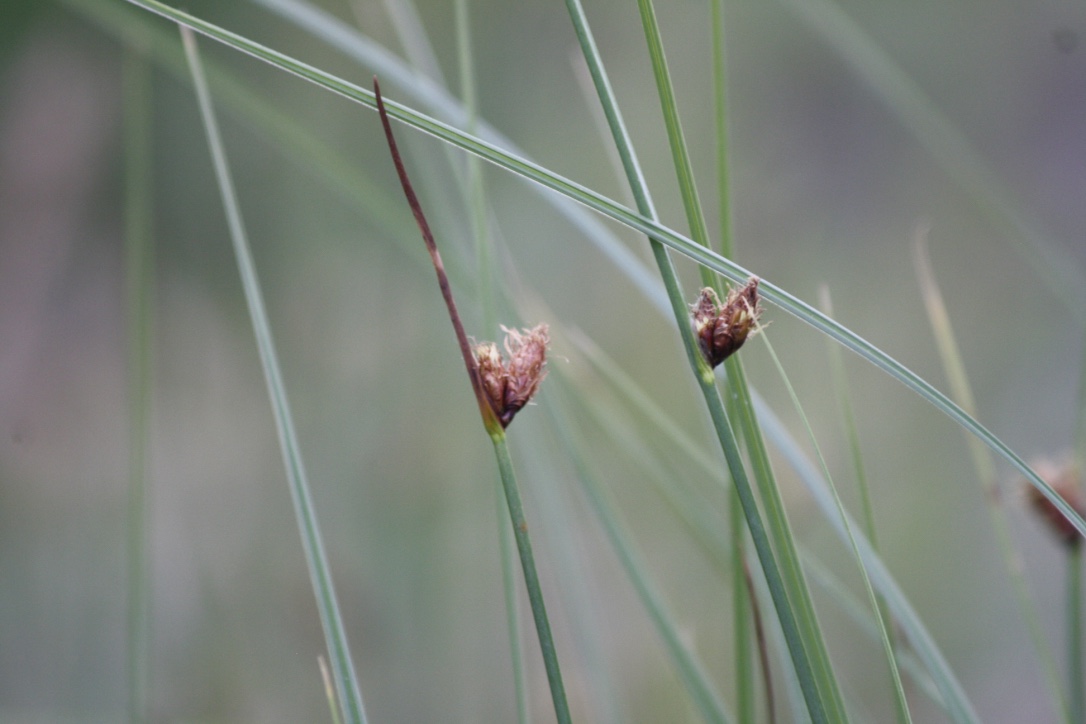
* Note: Species that have the asterisk (*) next to the name on the photos above indicate that the author is in the process of providing identification details and more information about that particular species.
